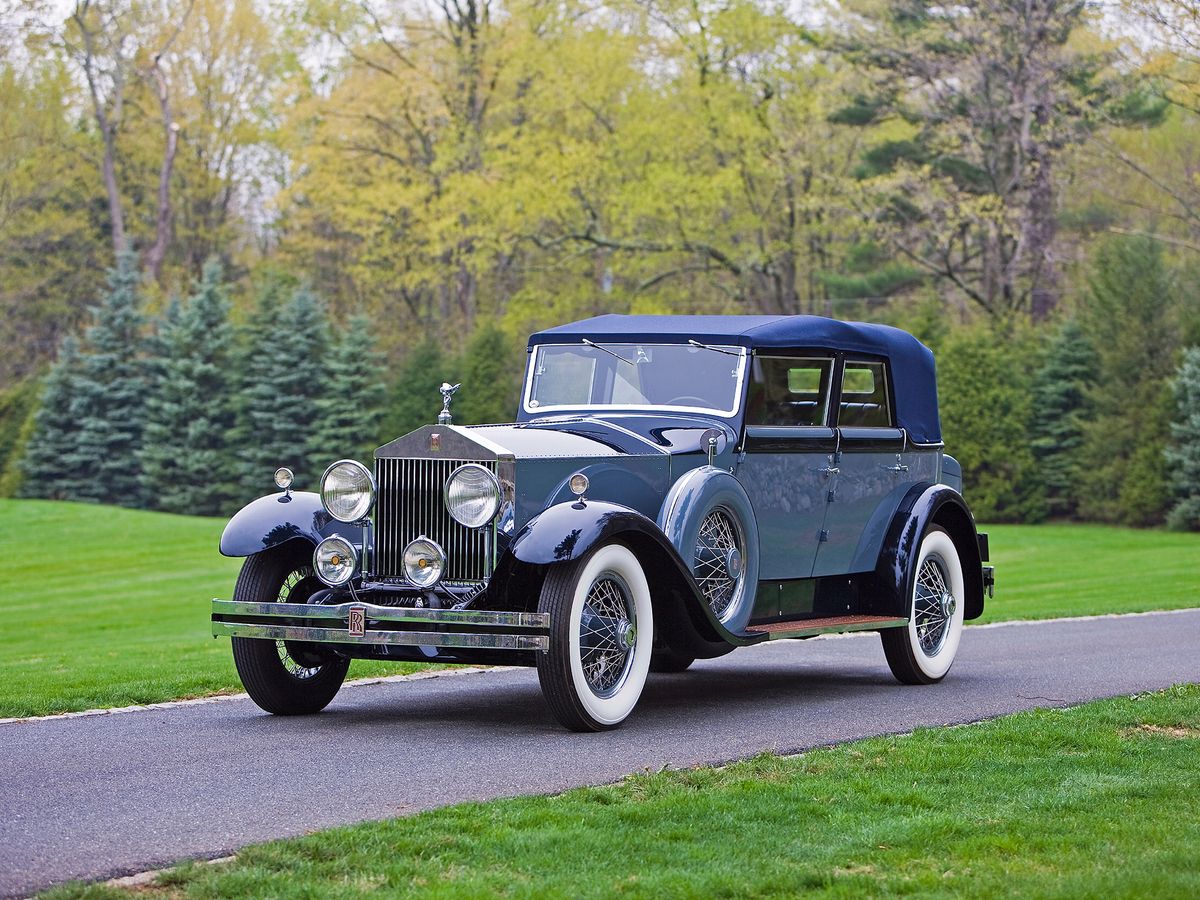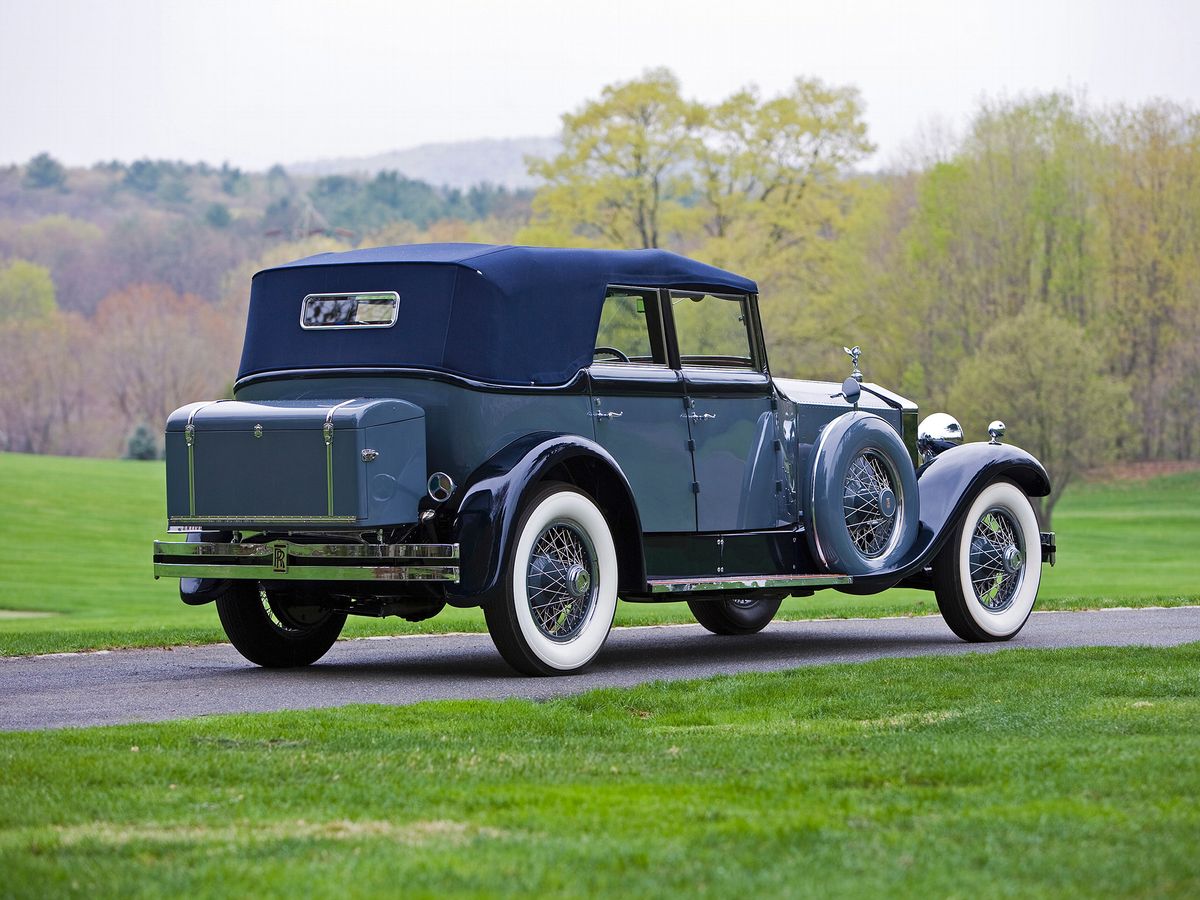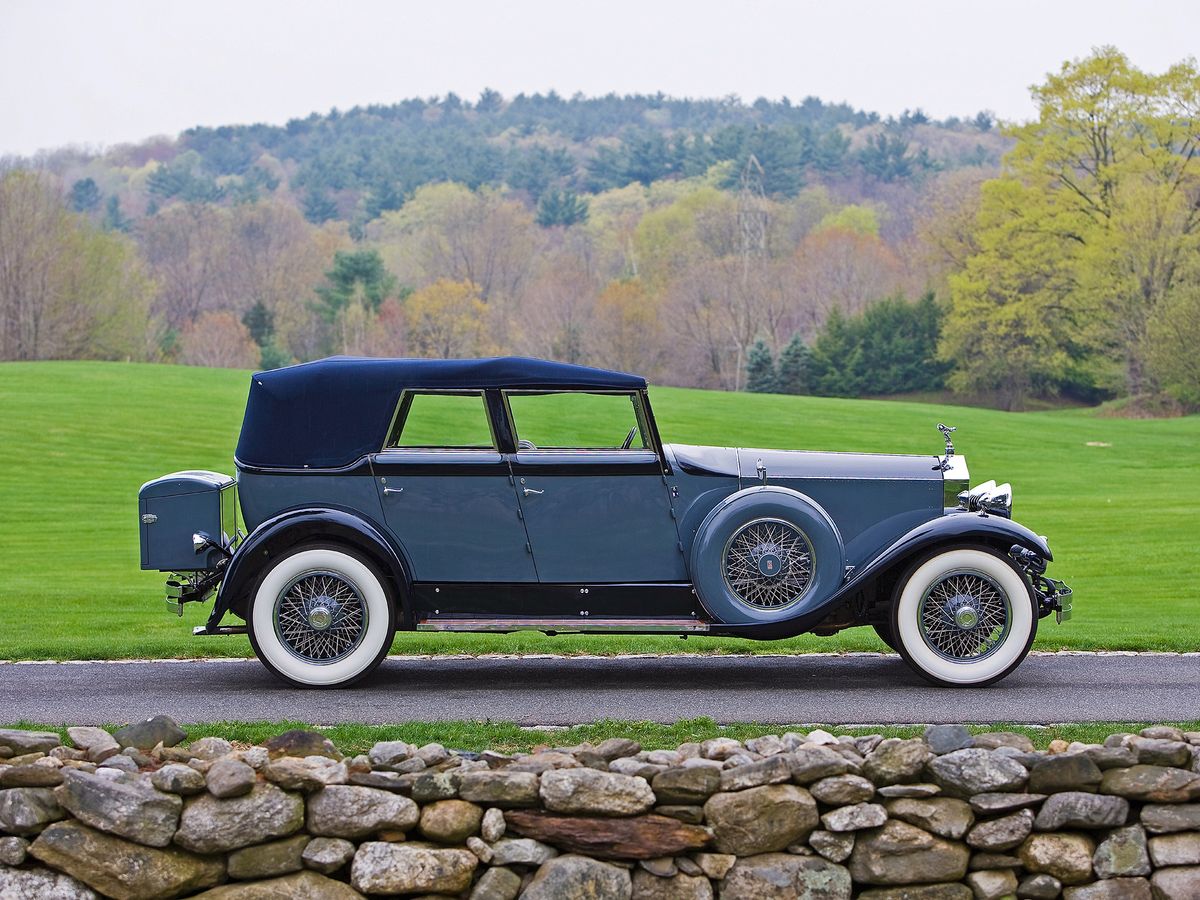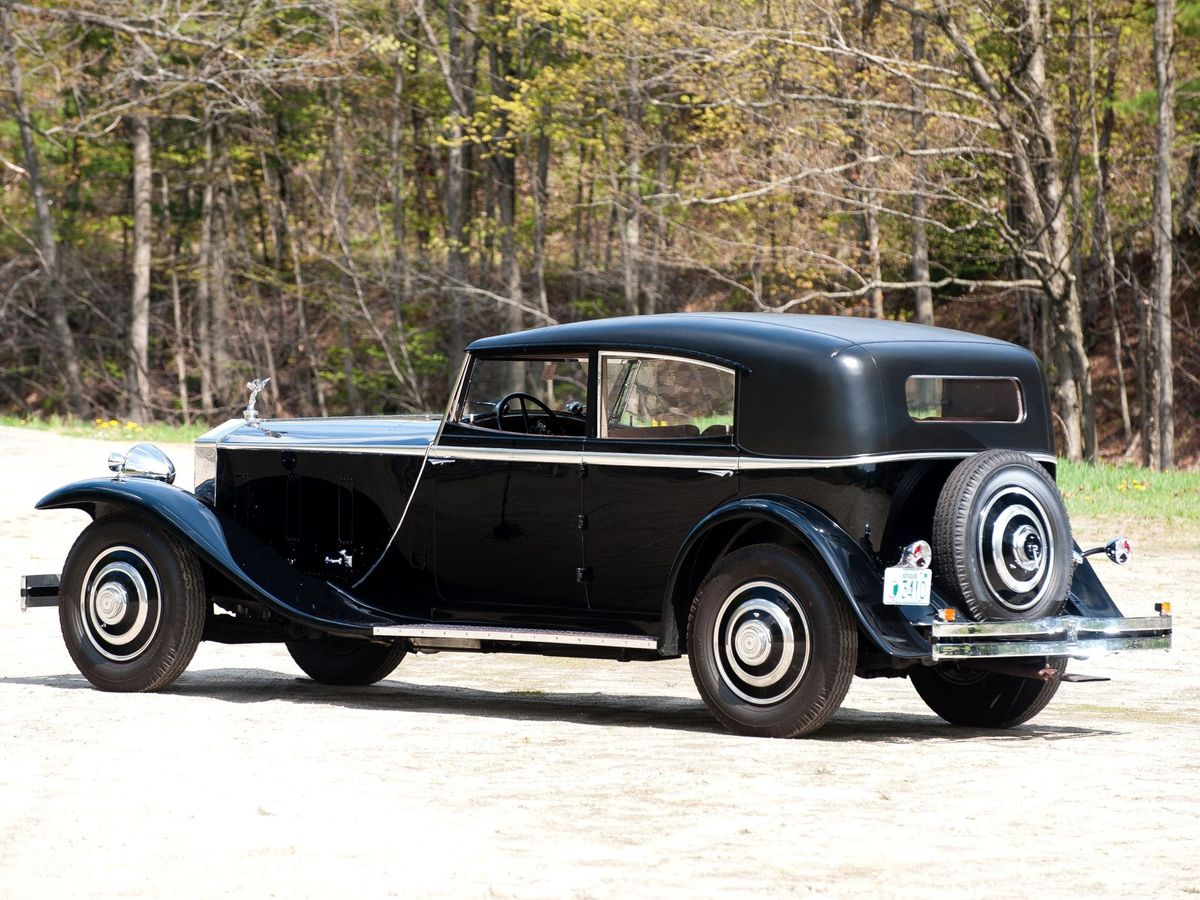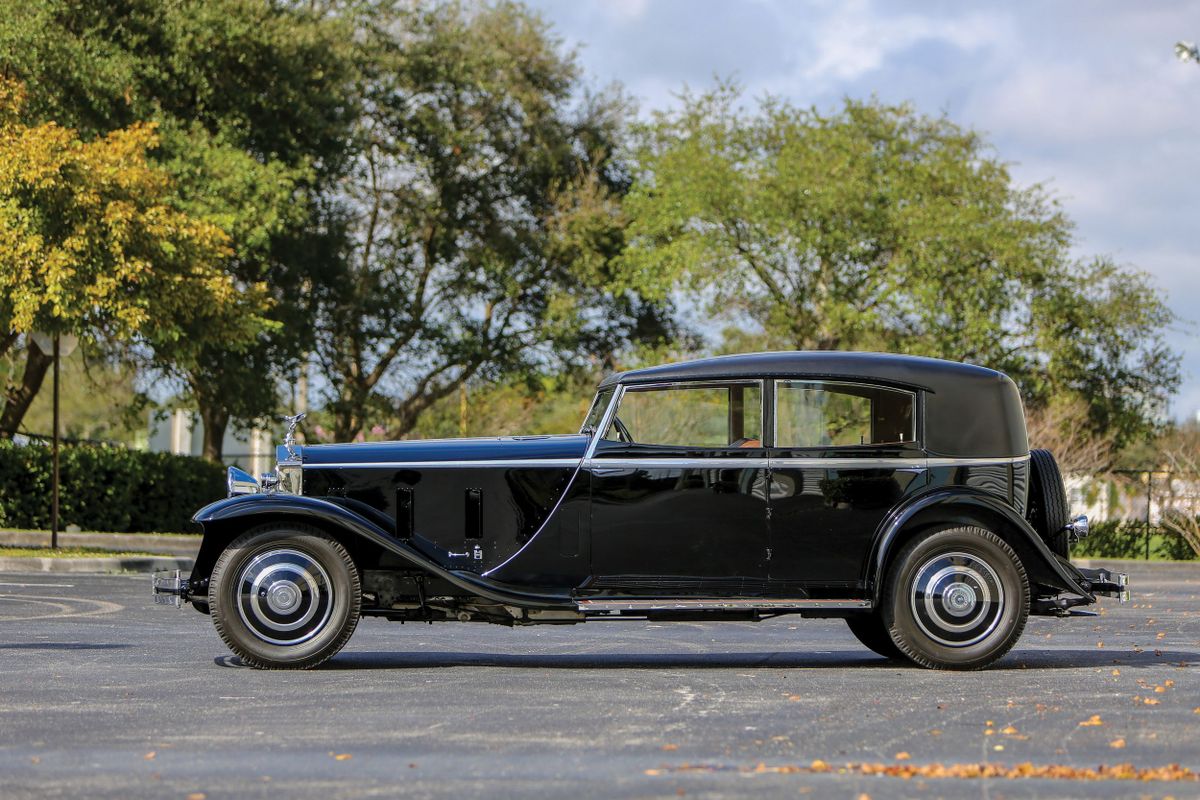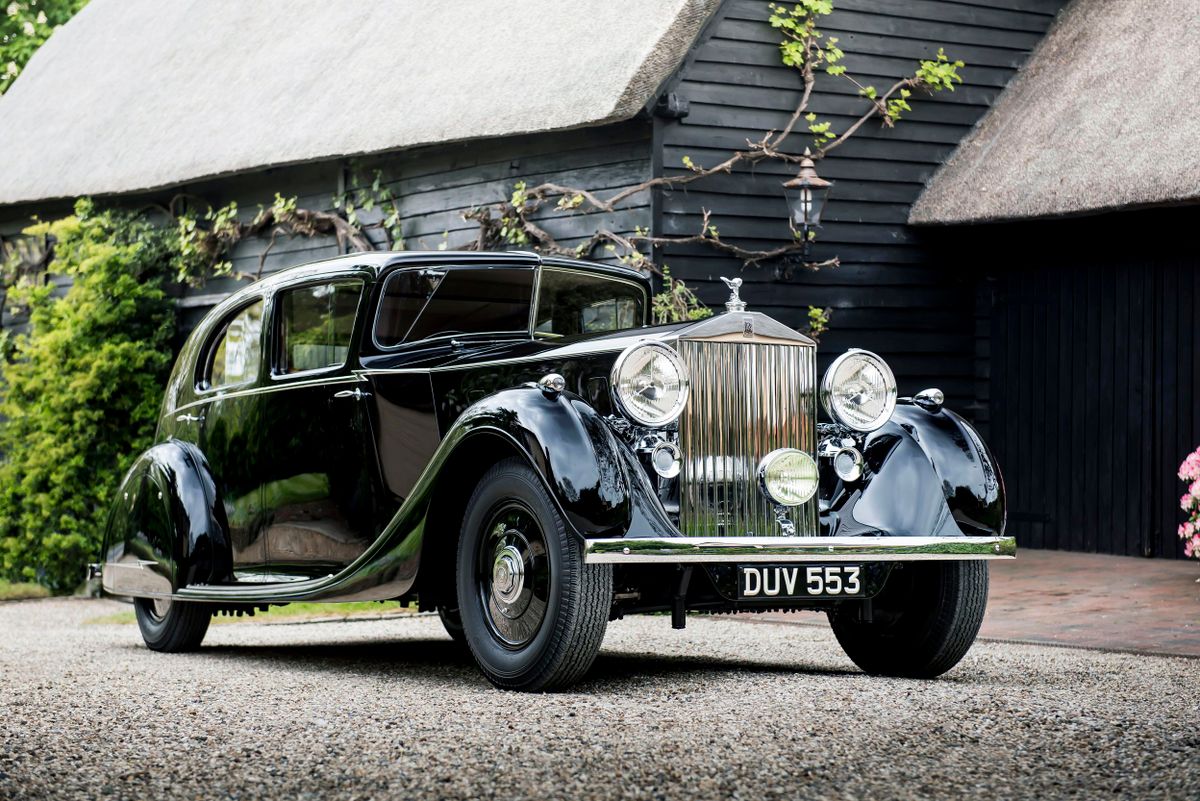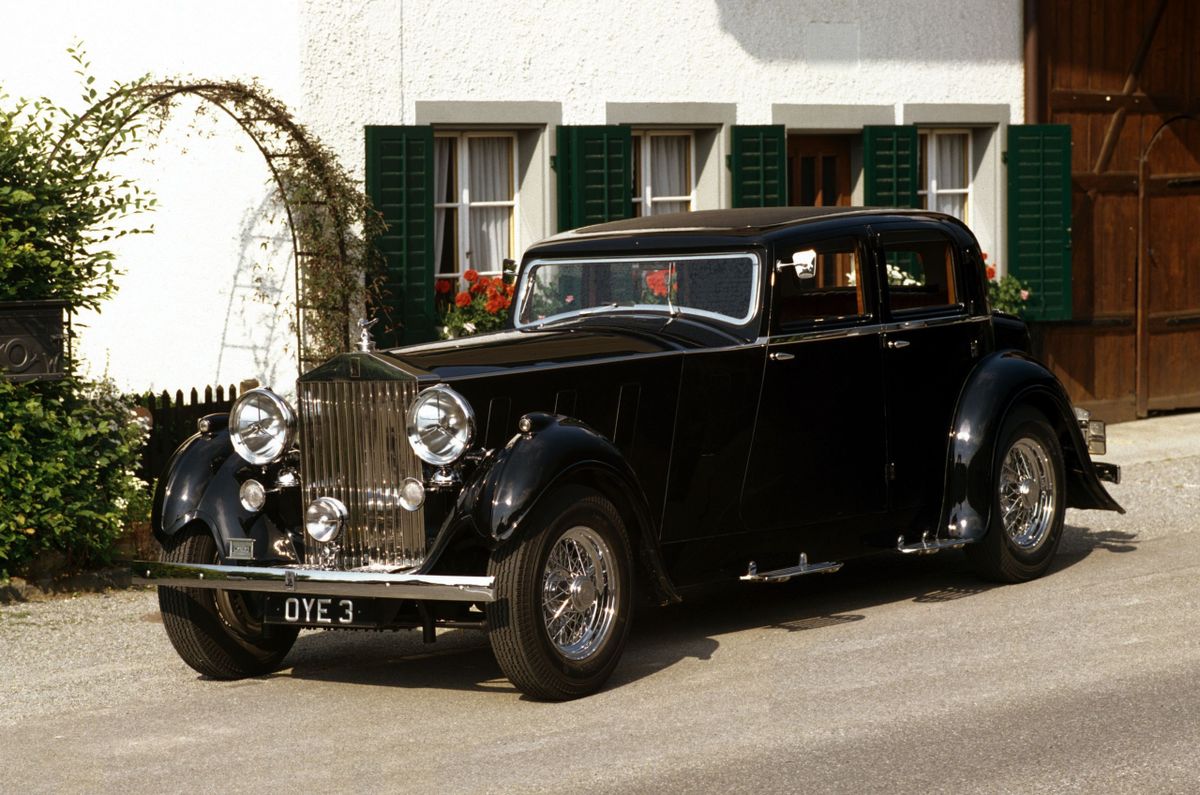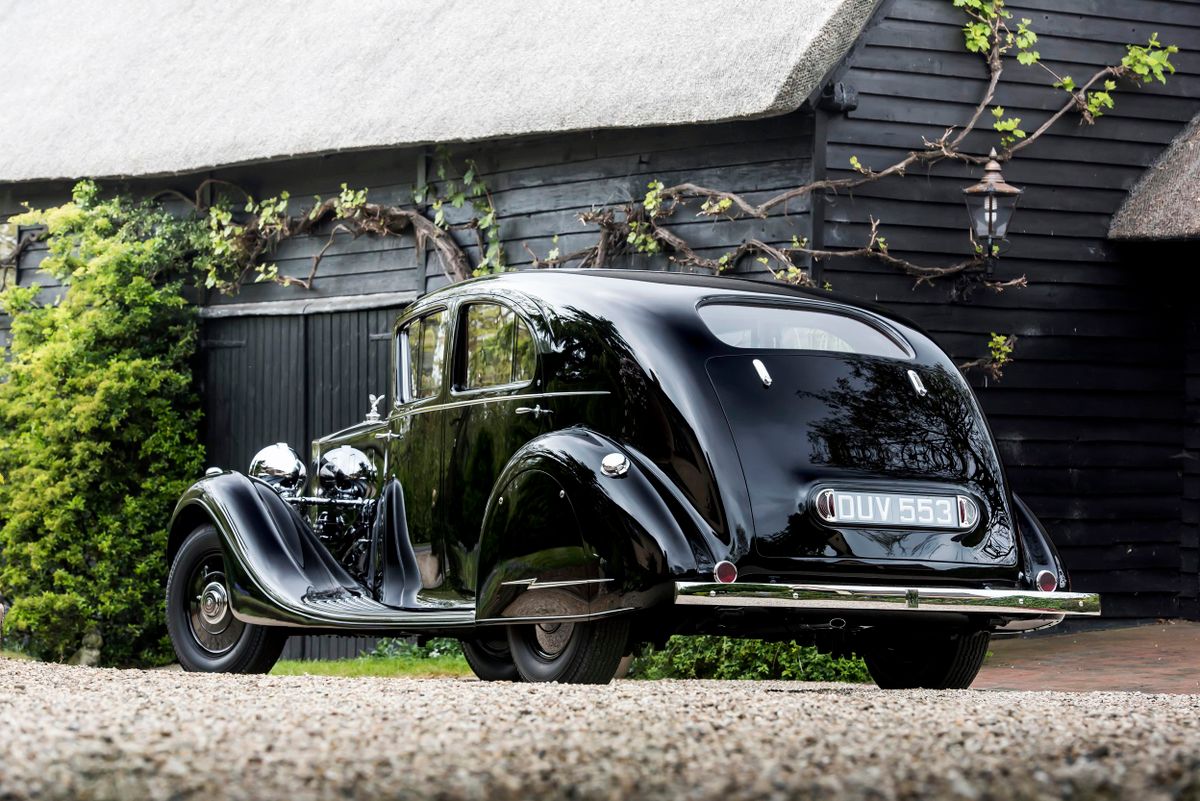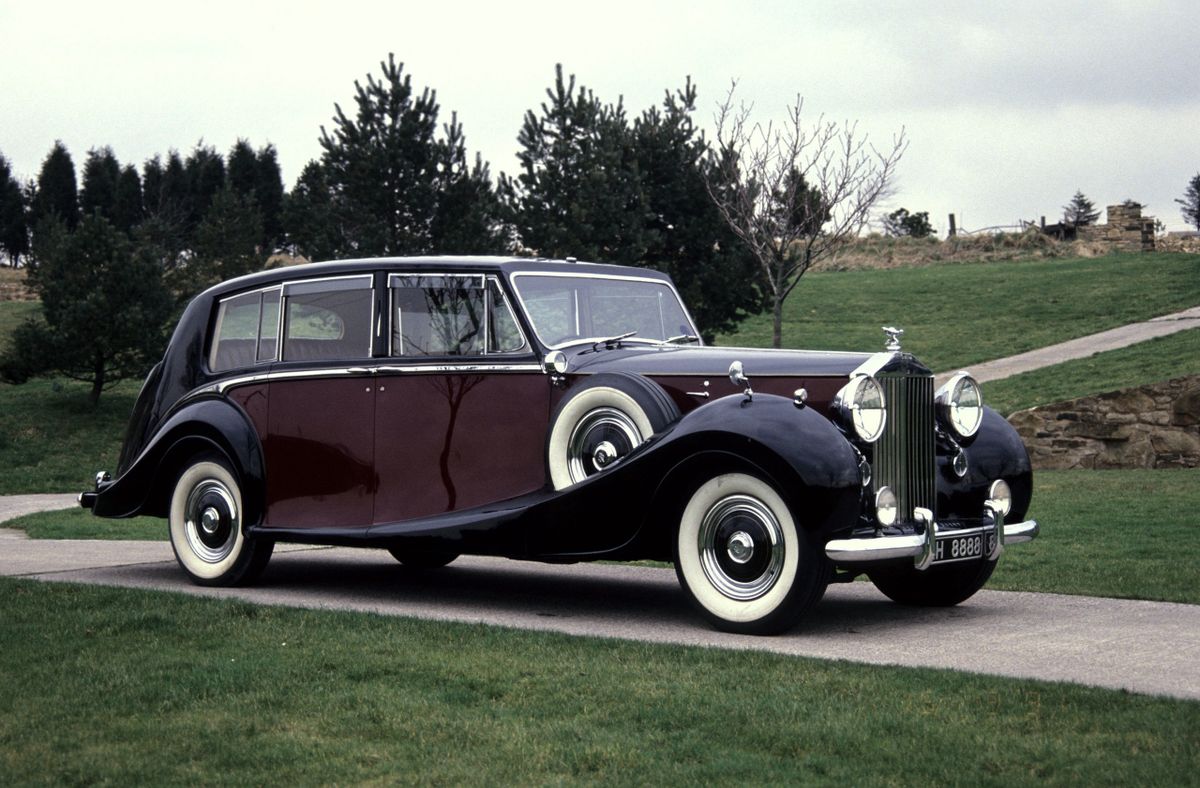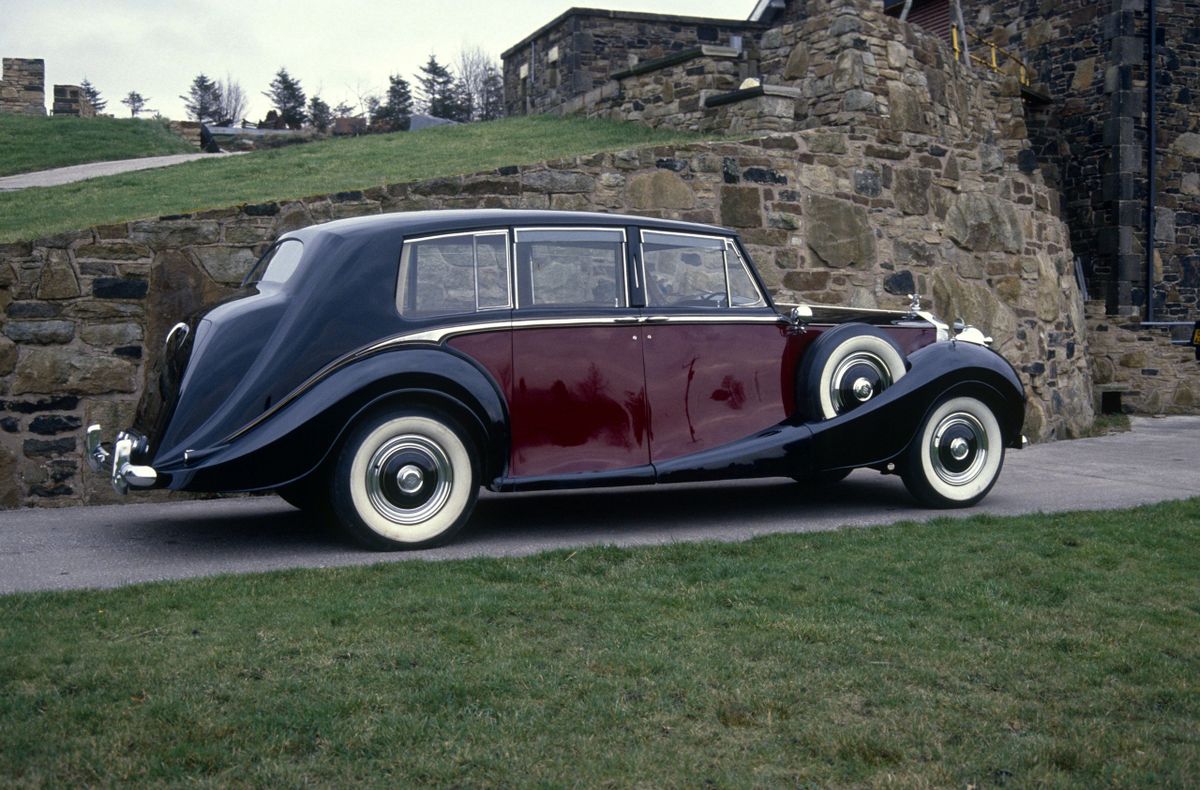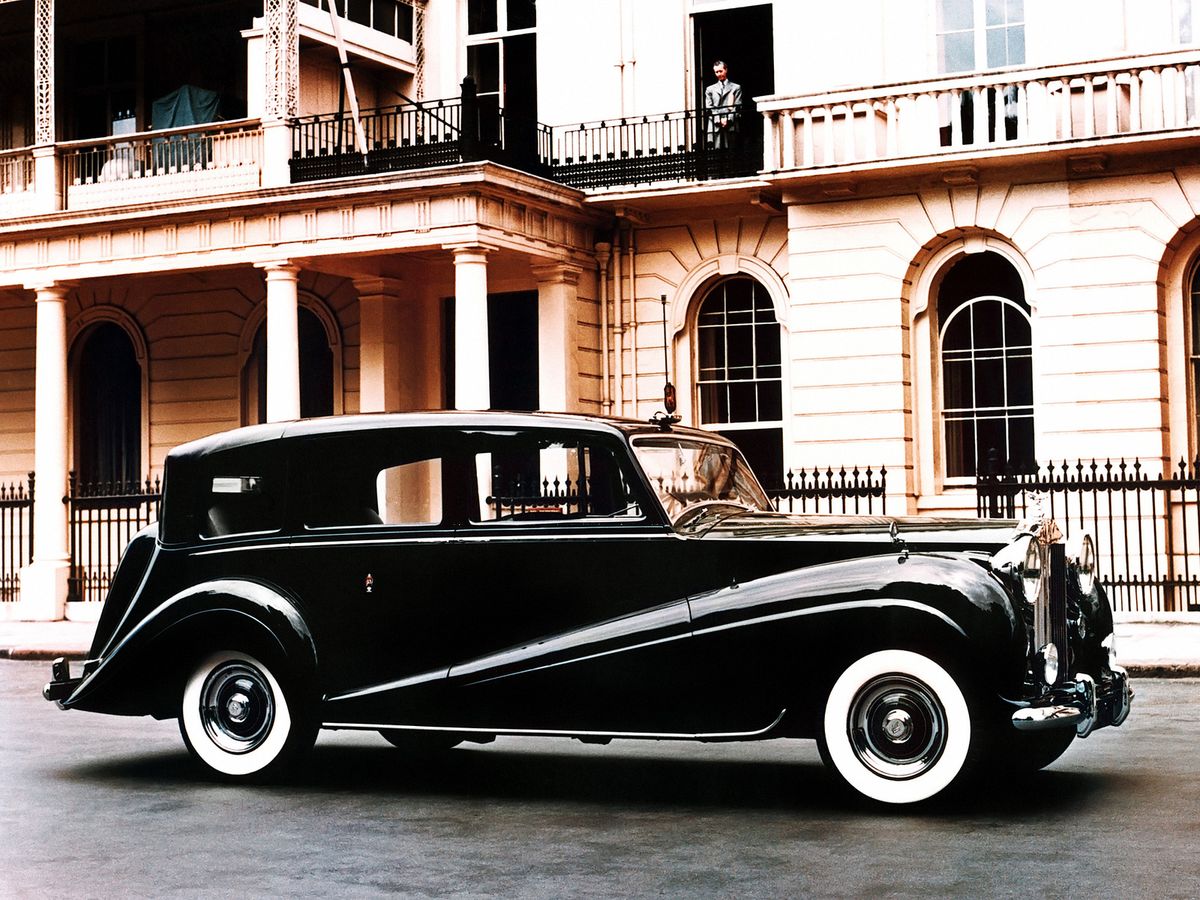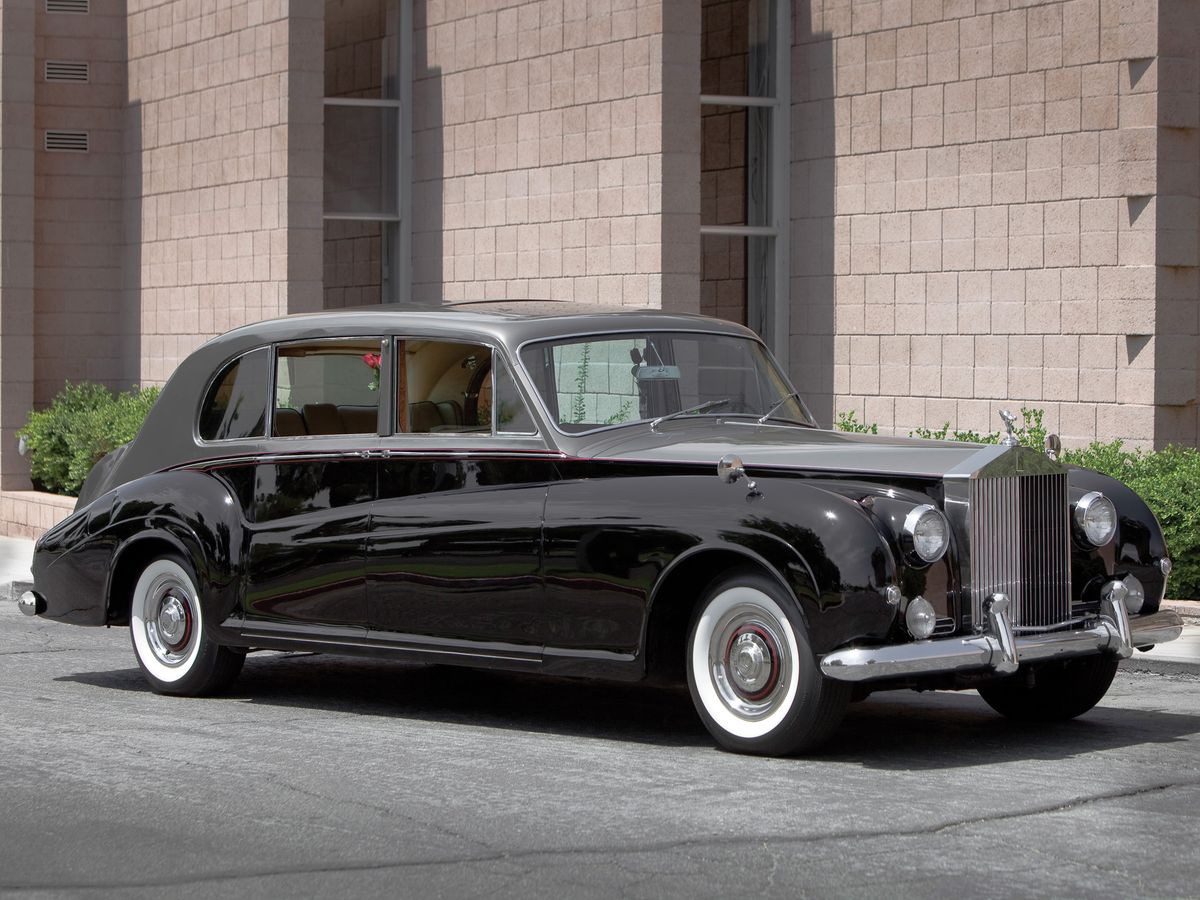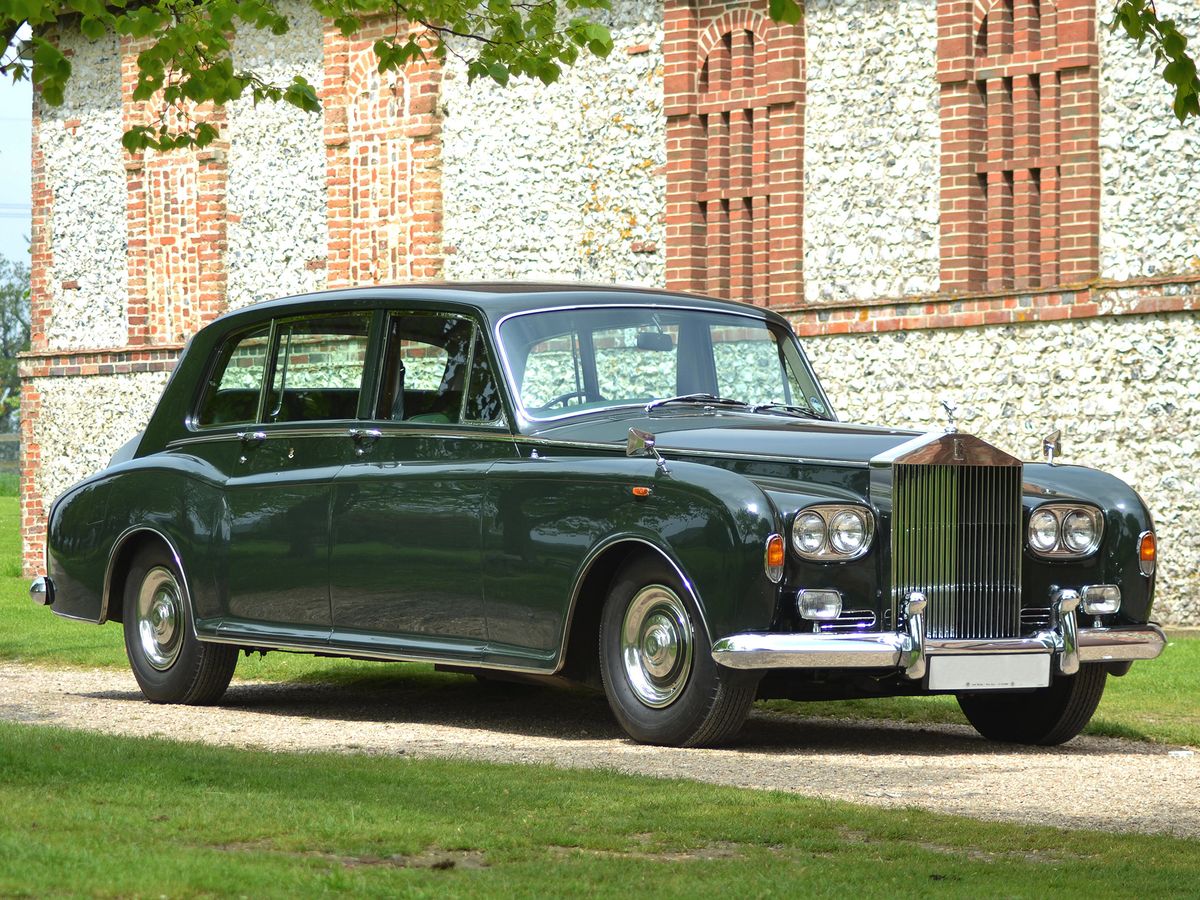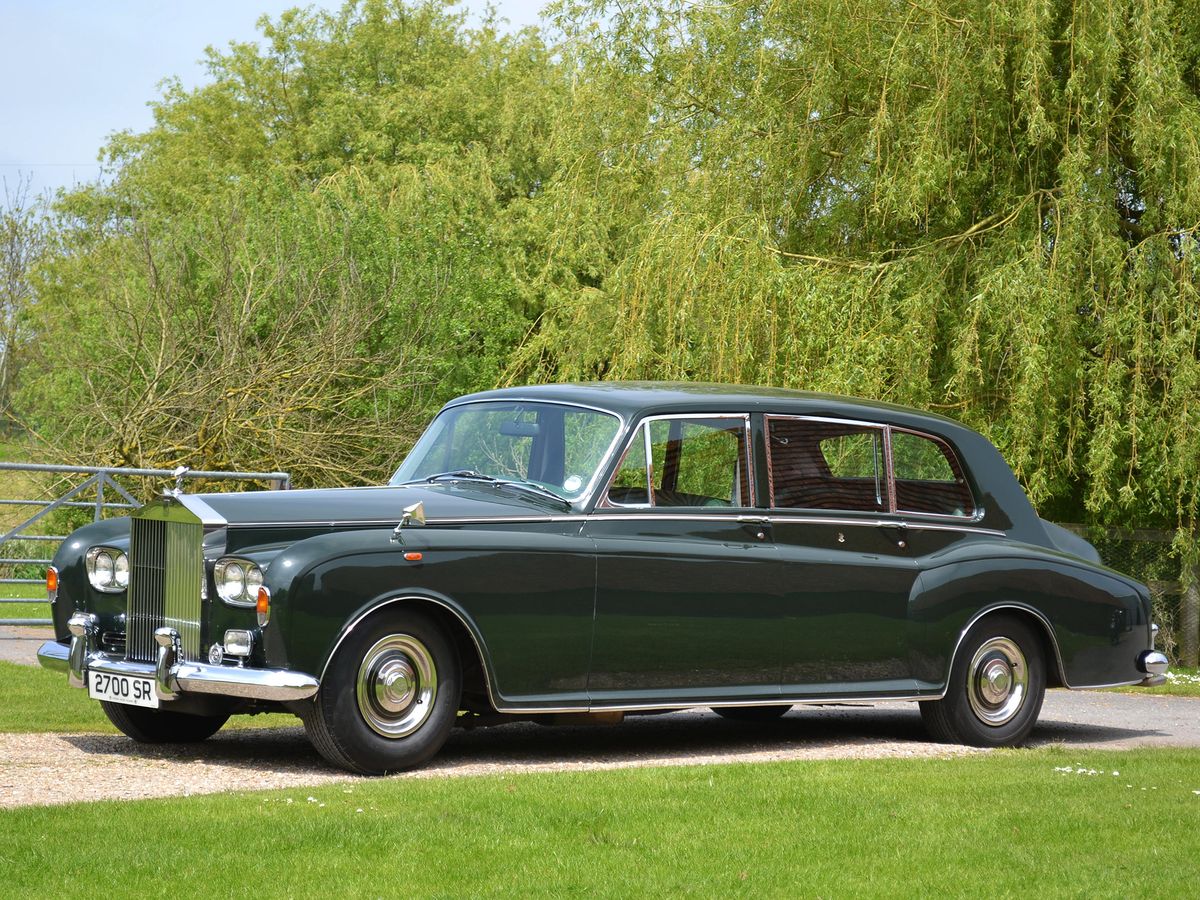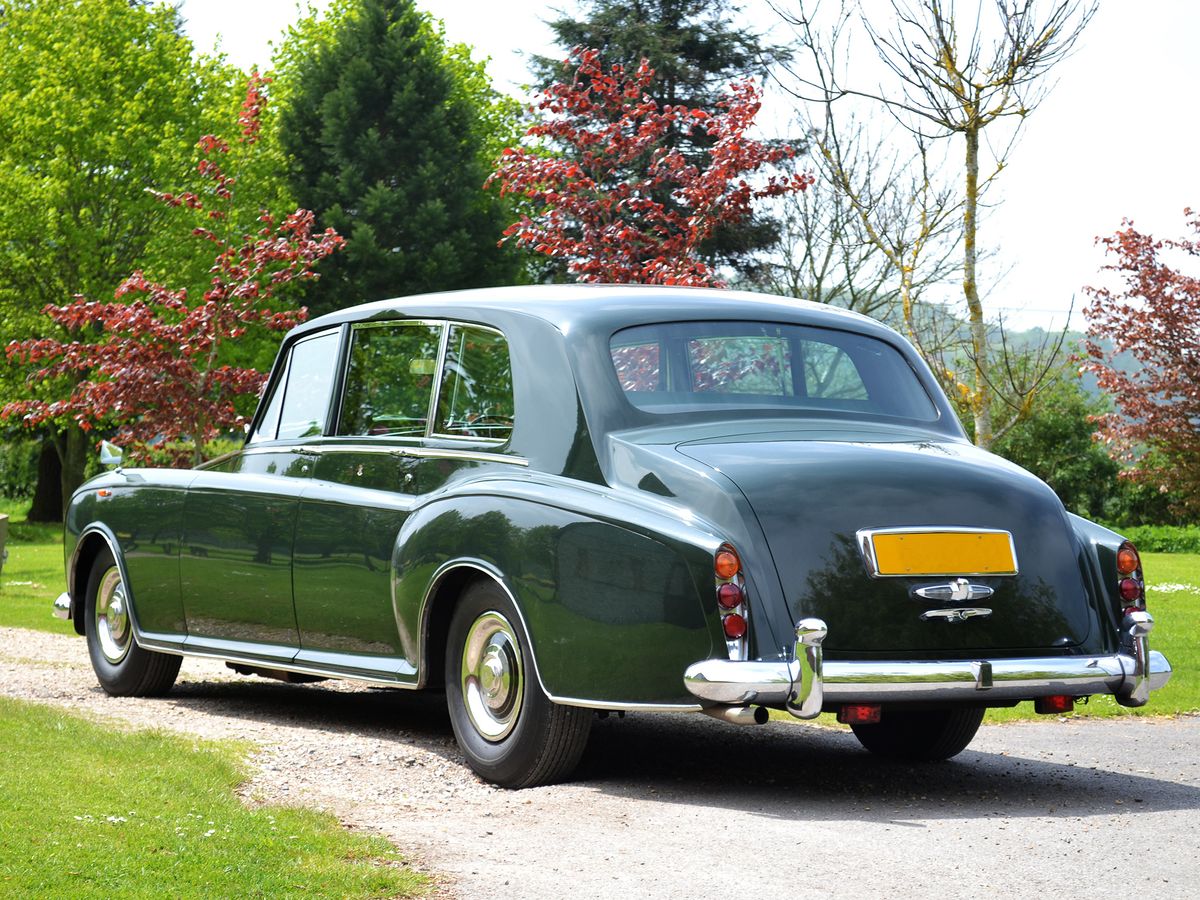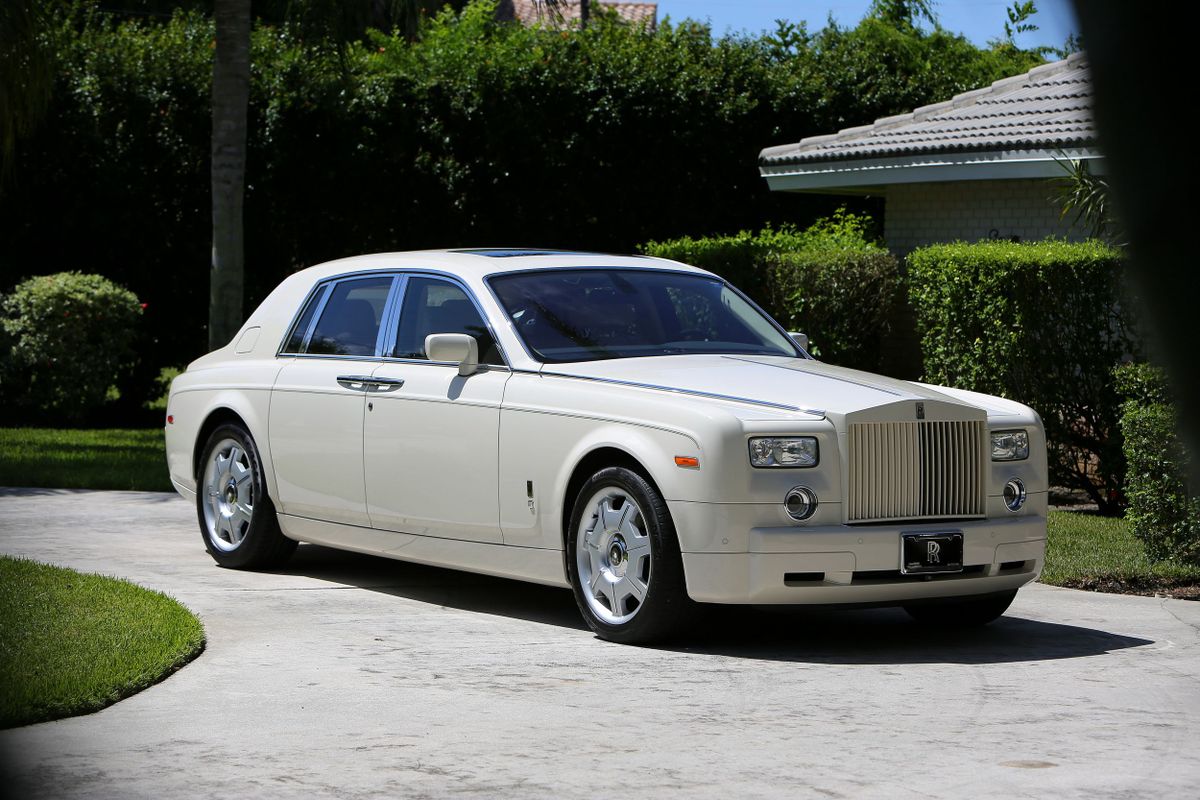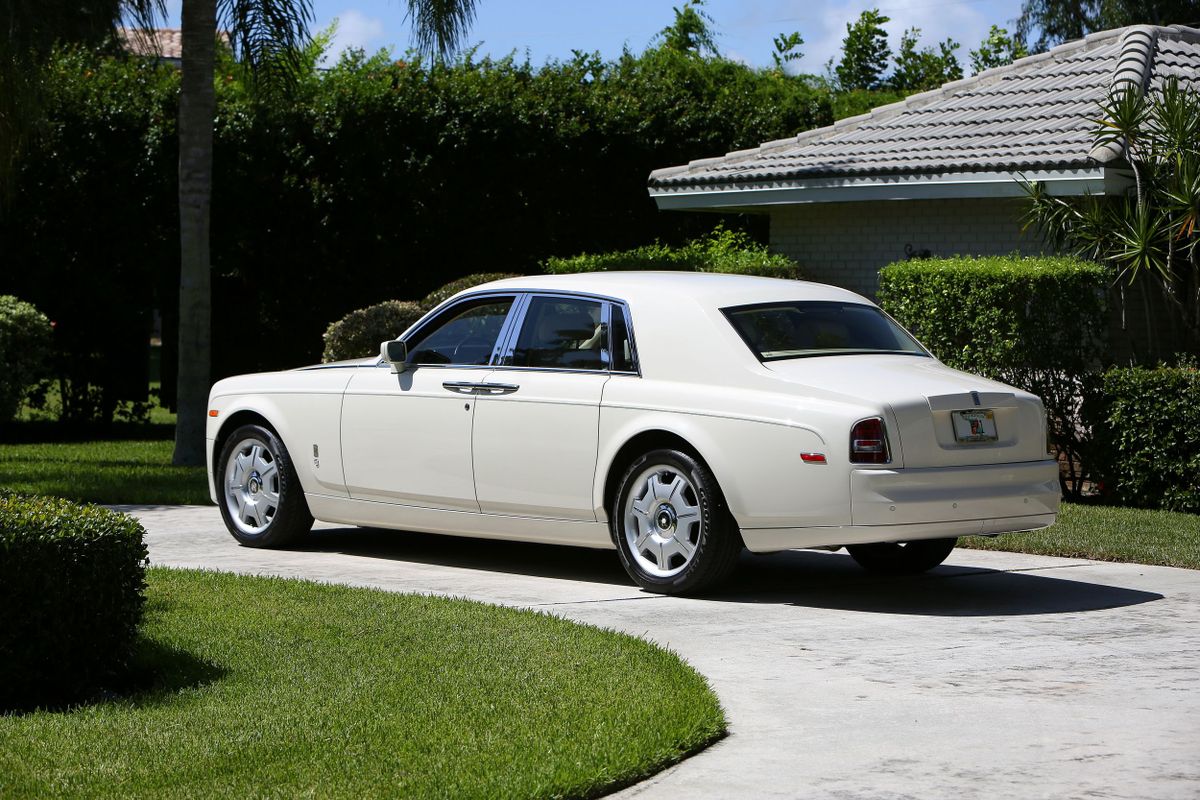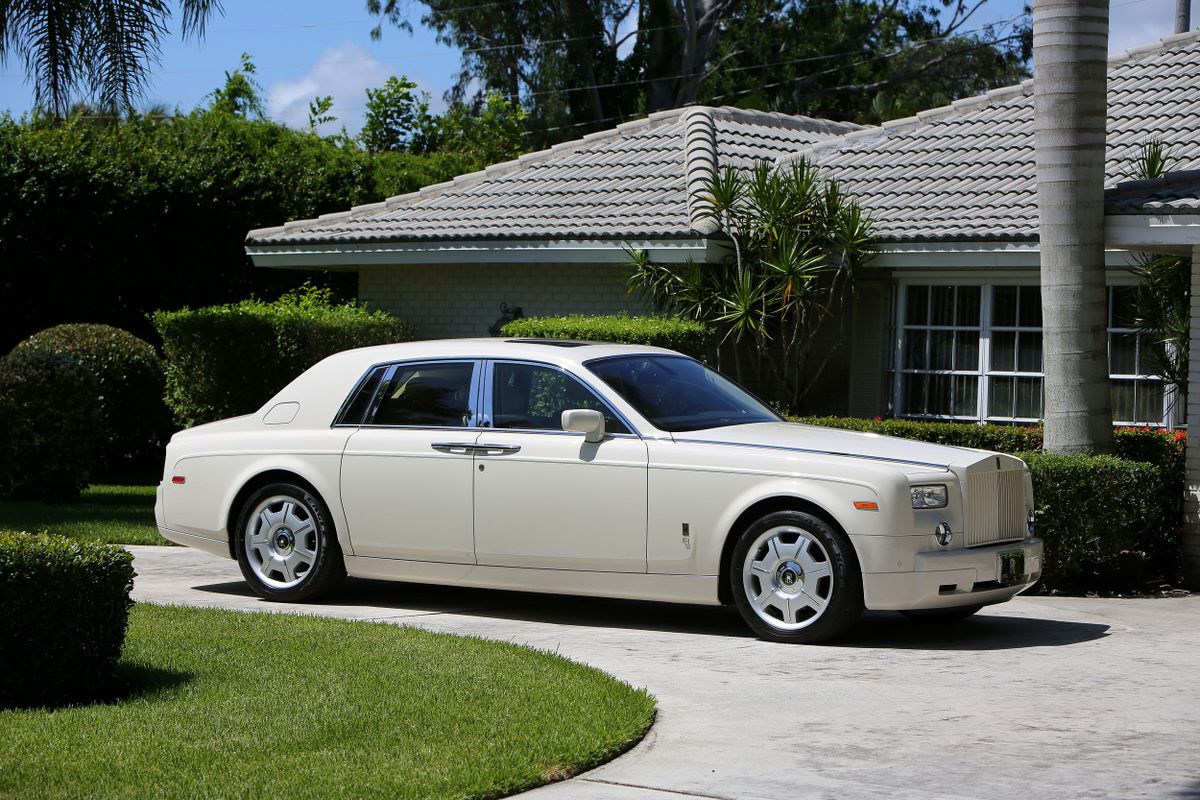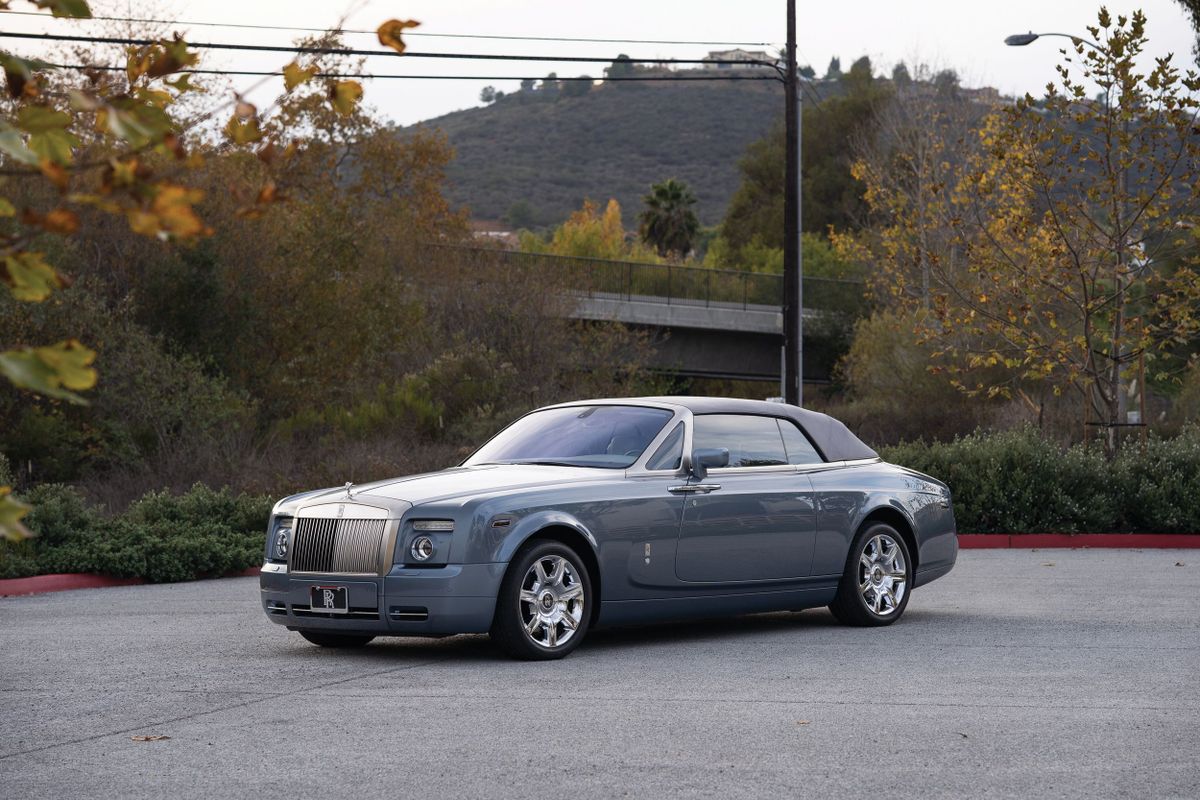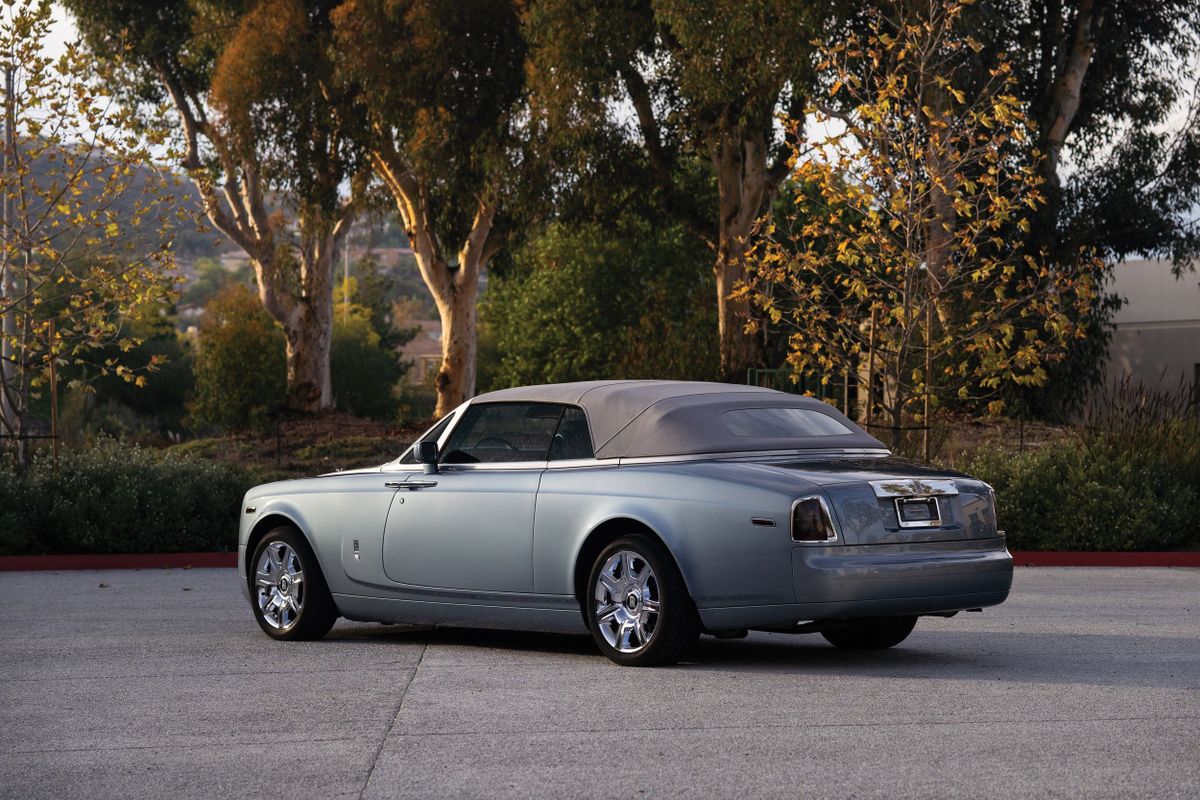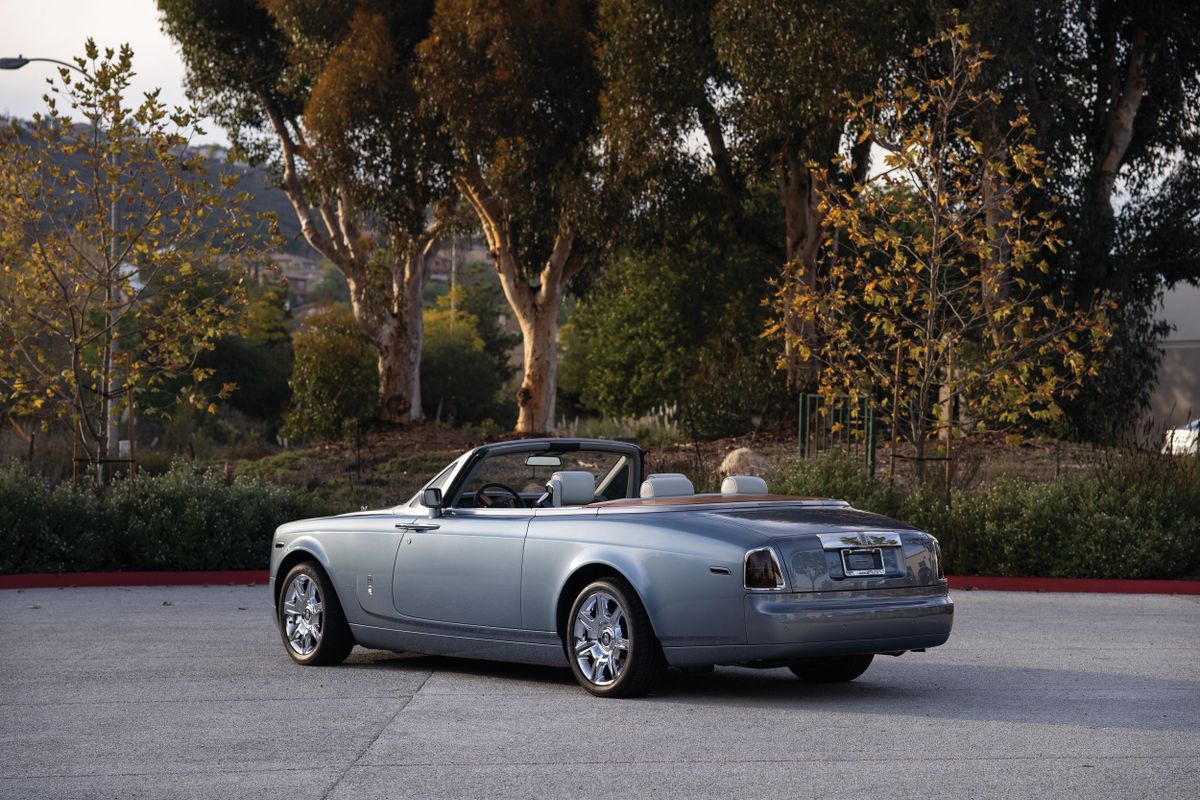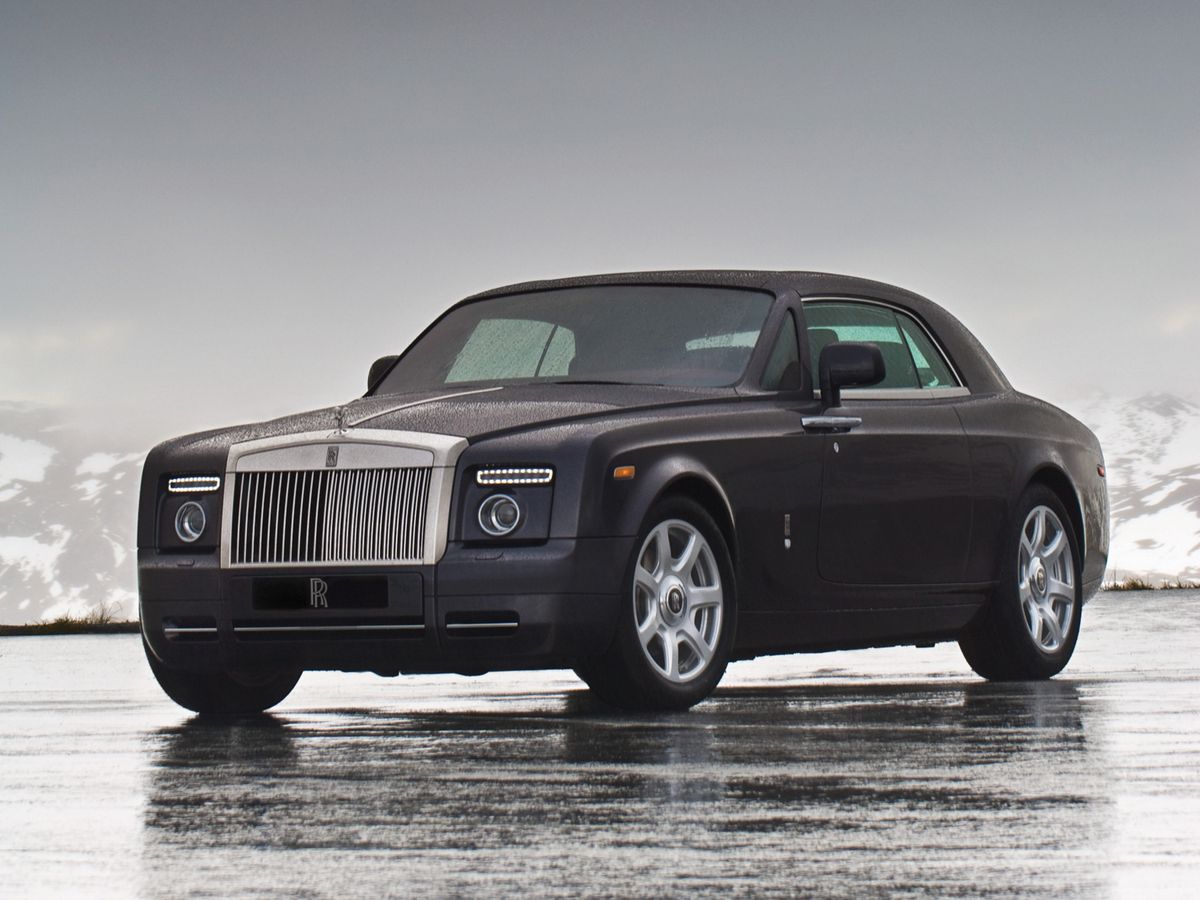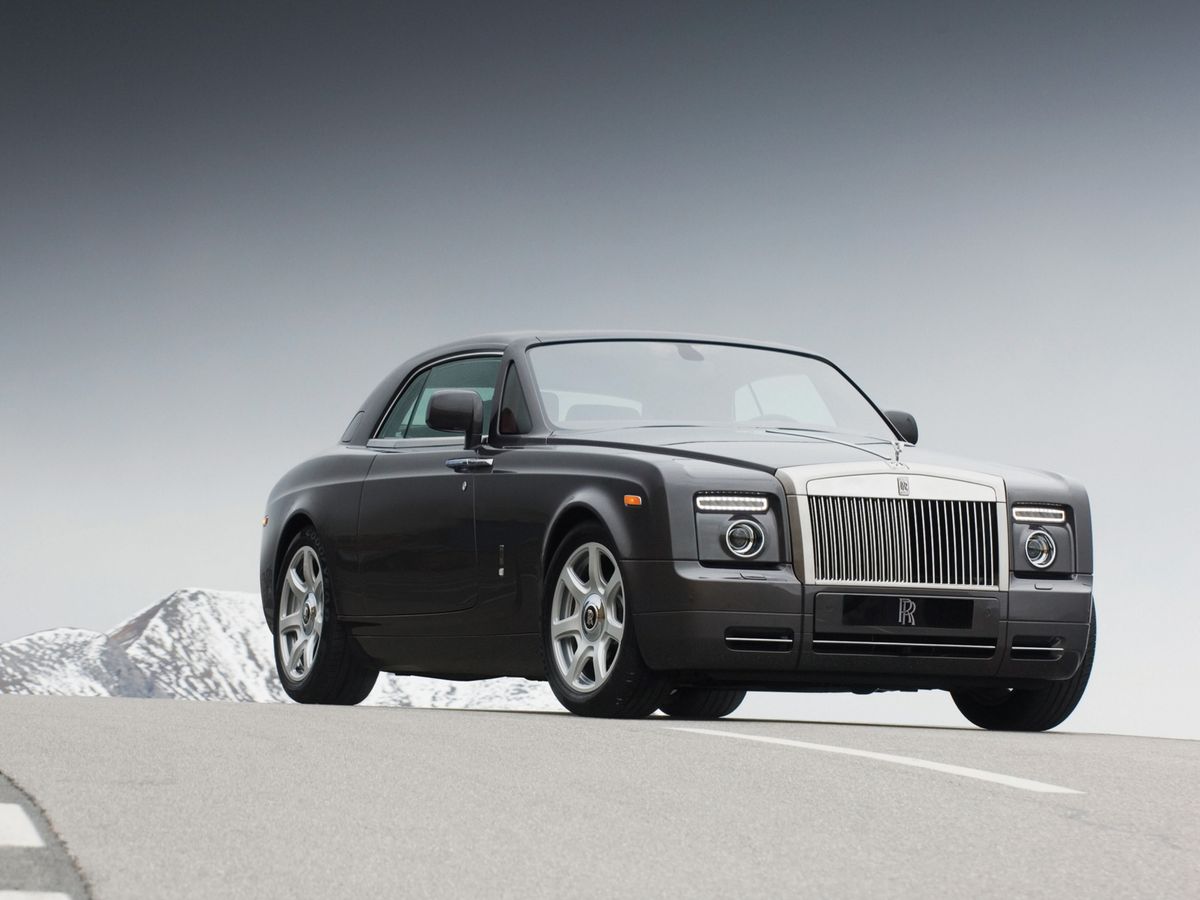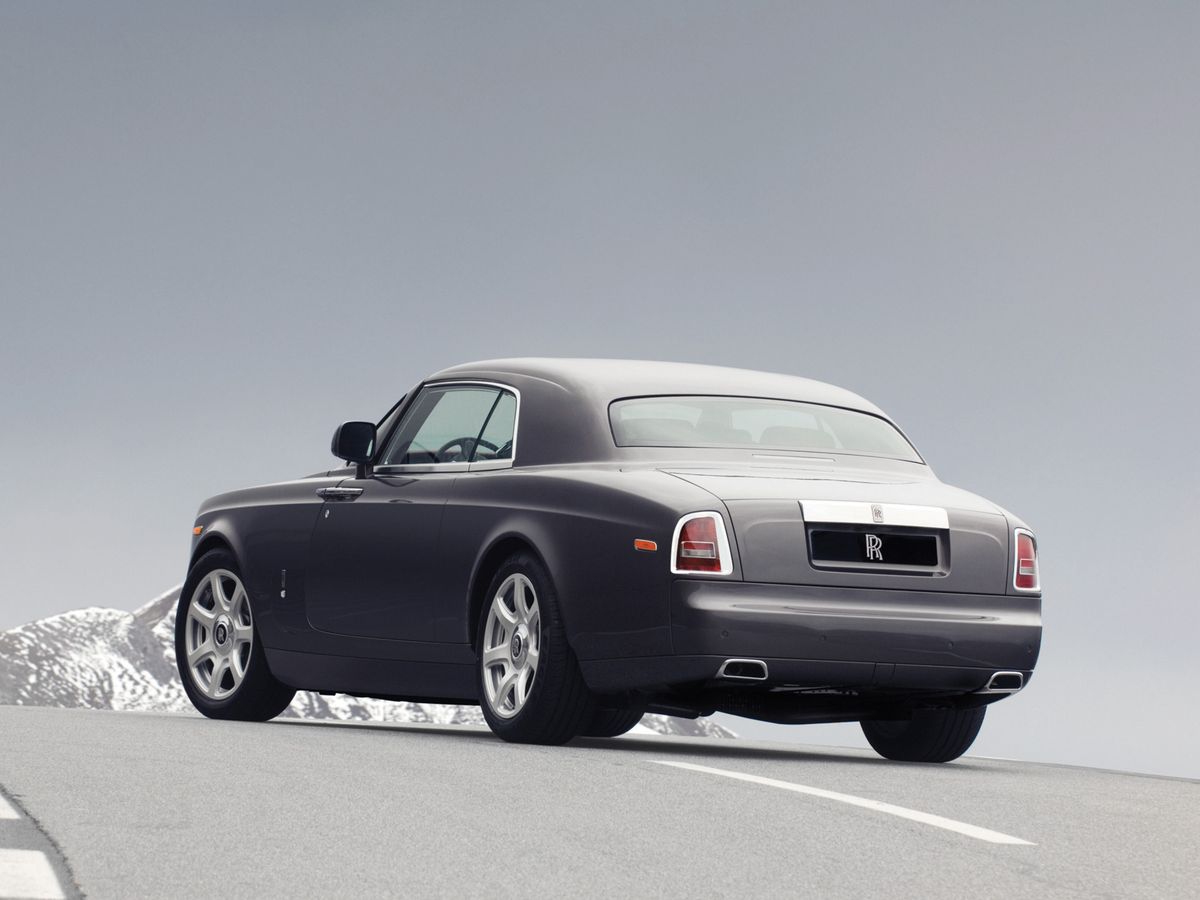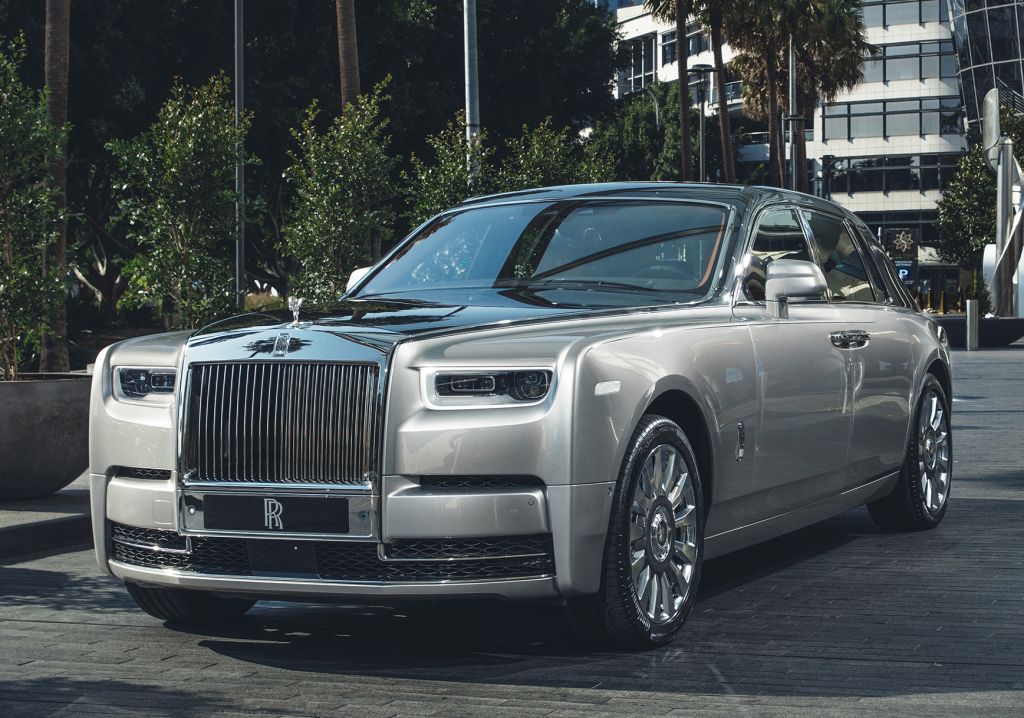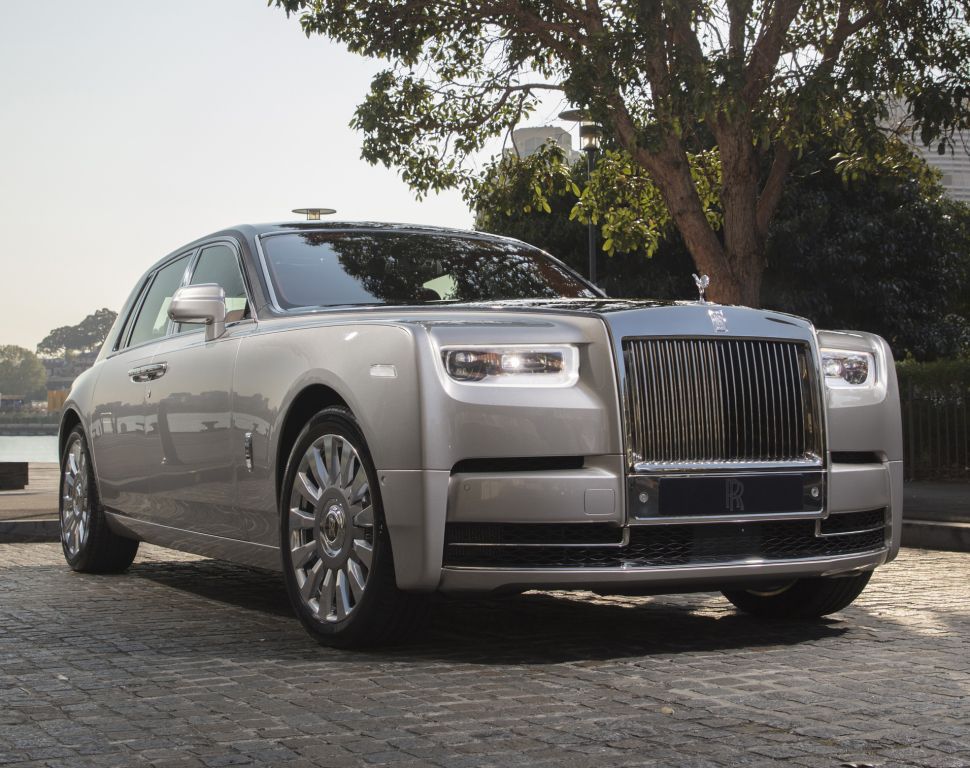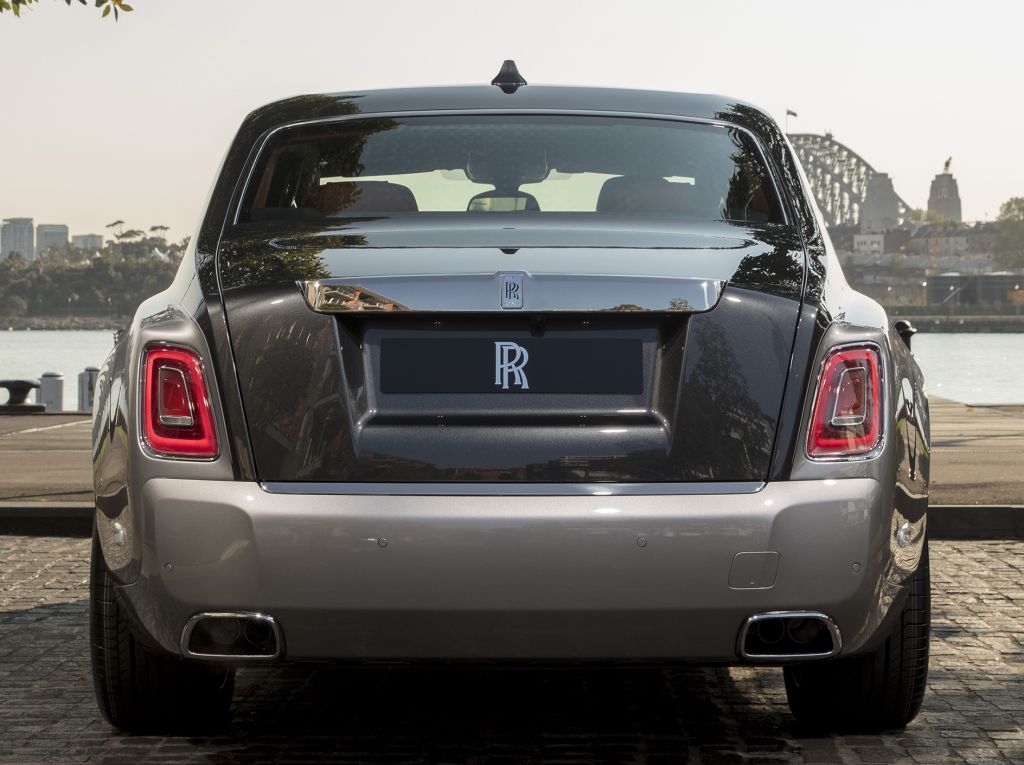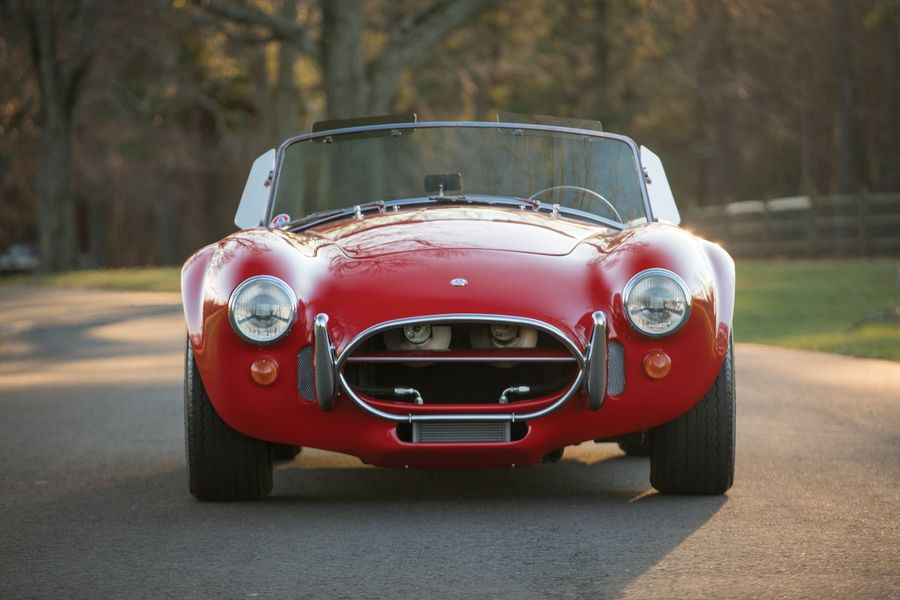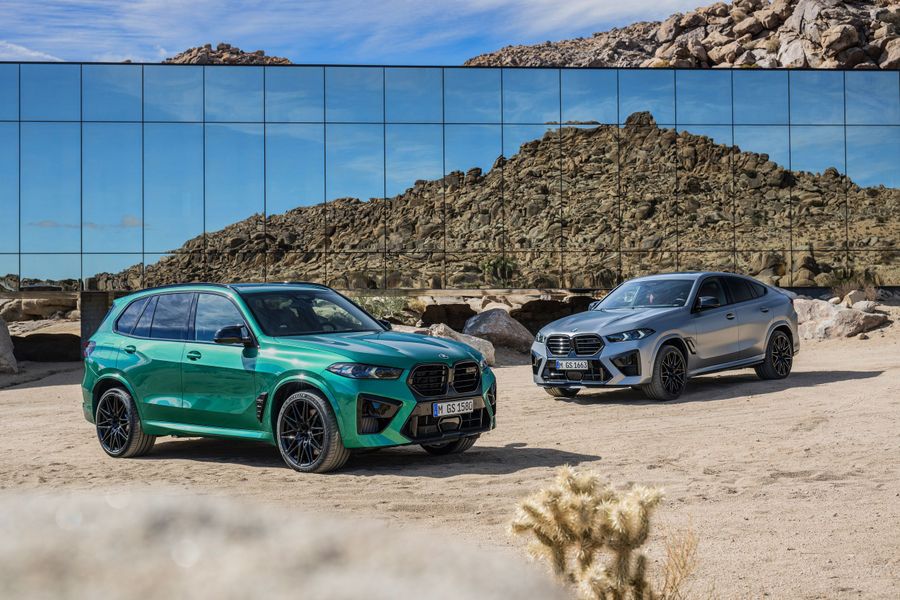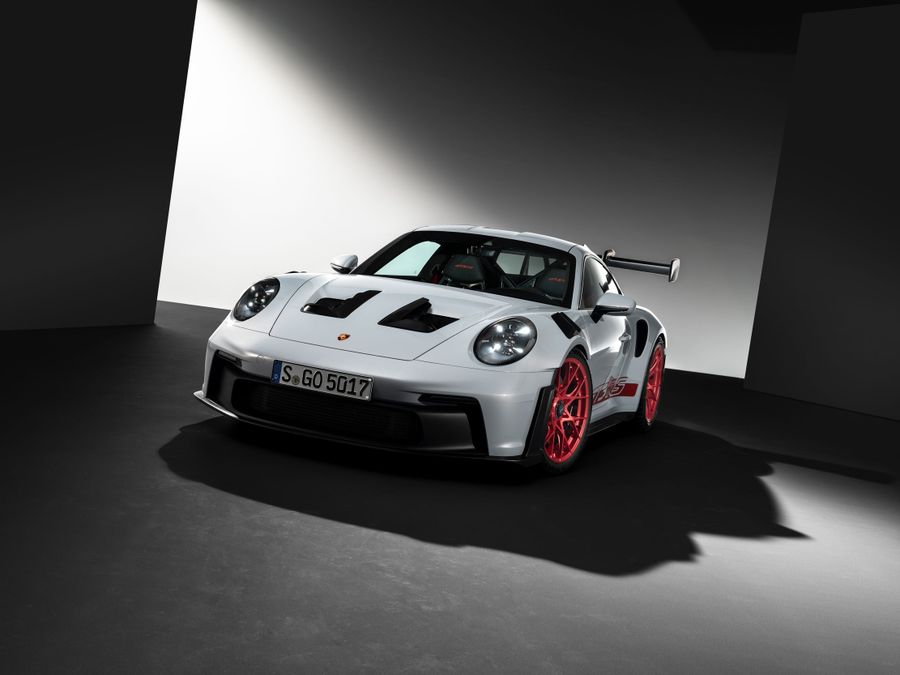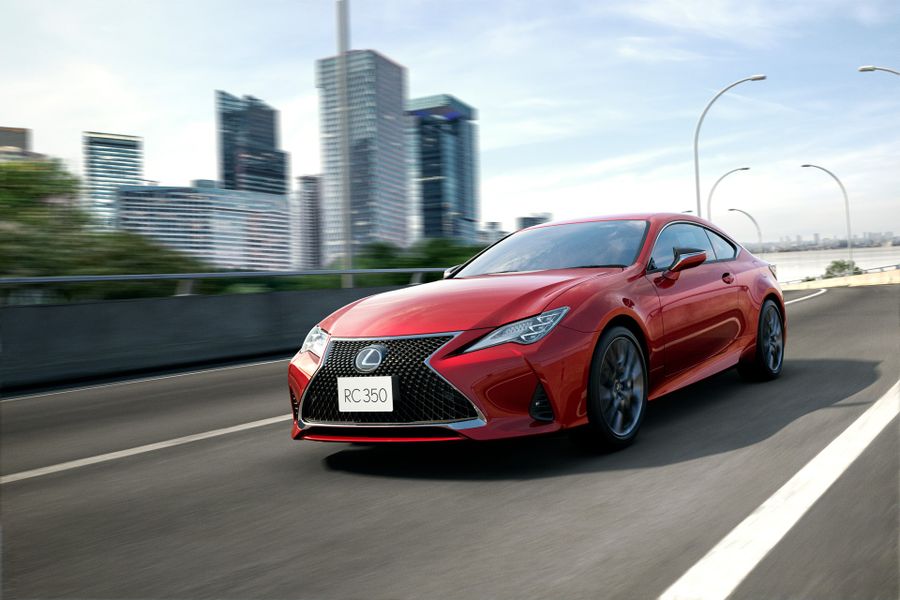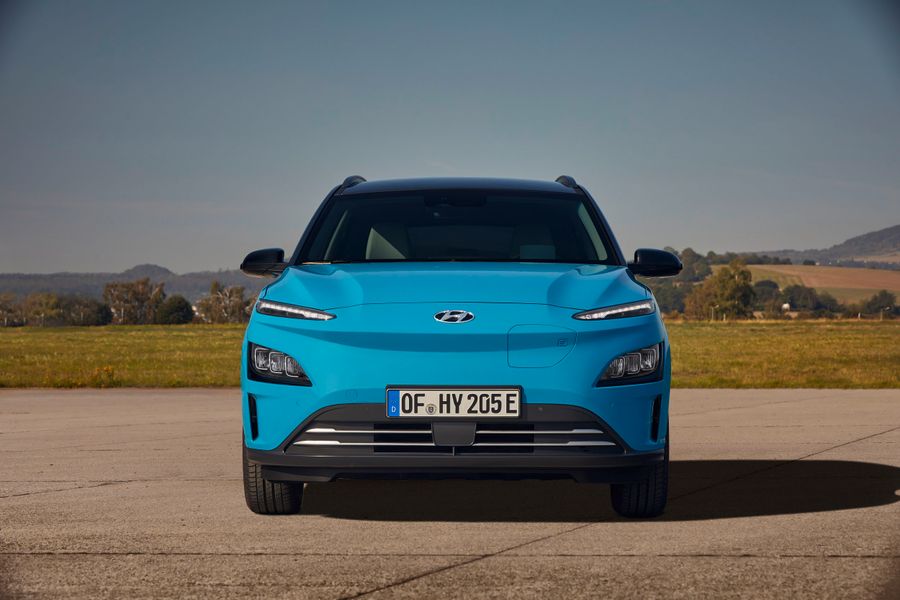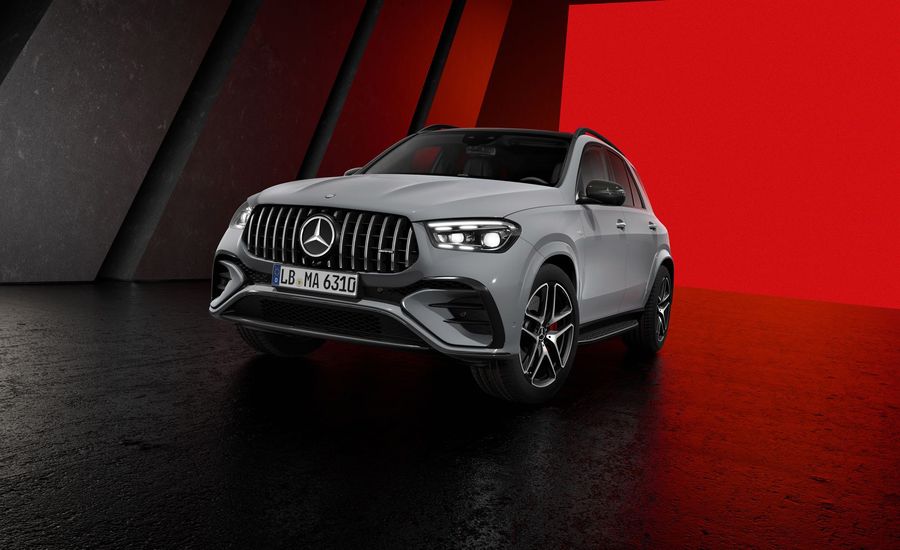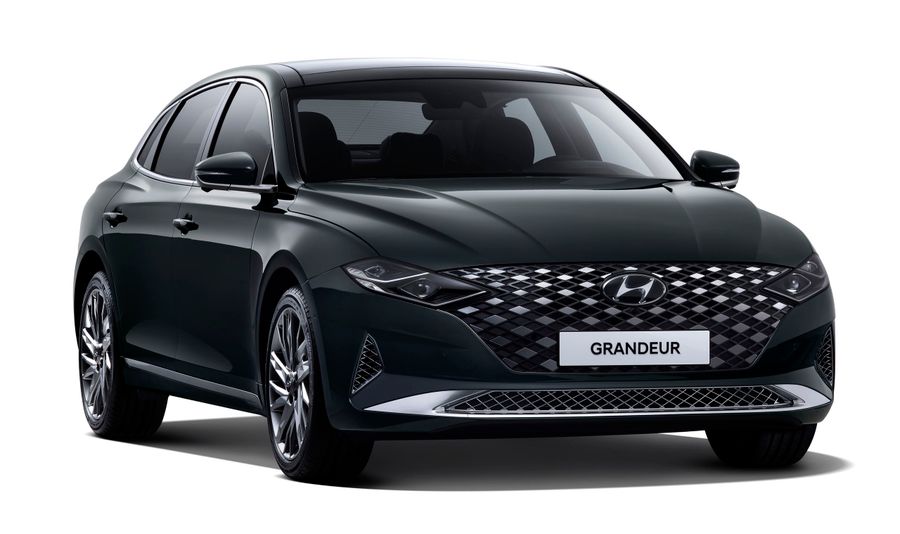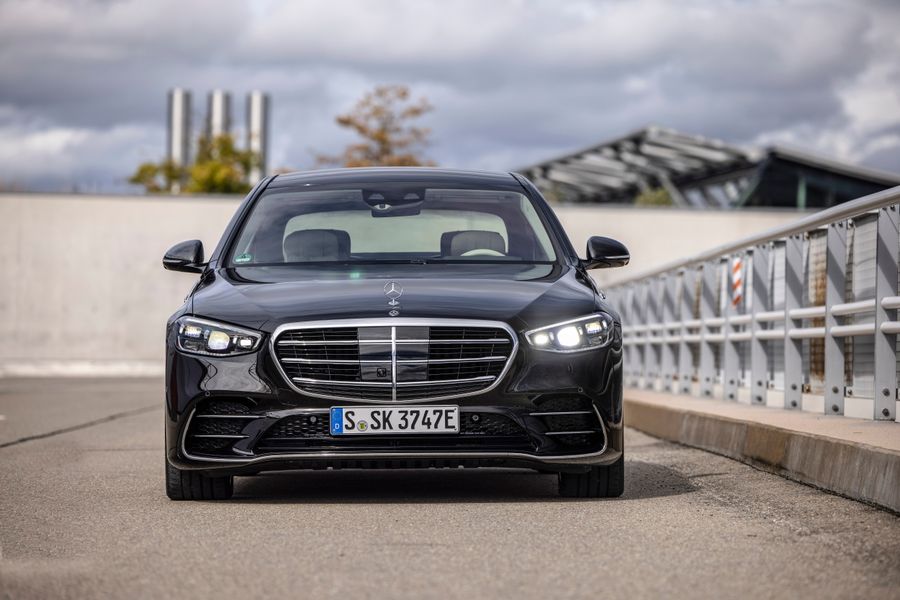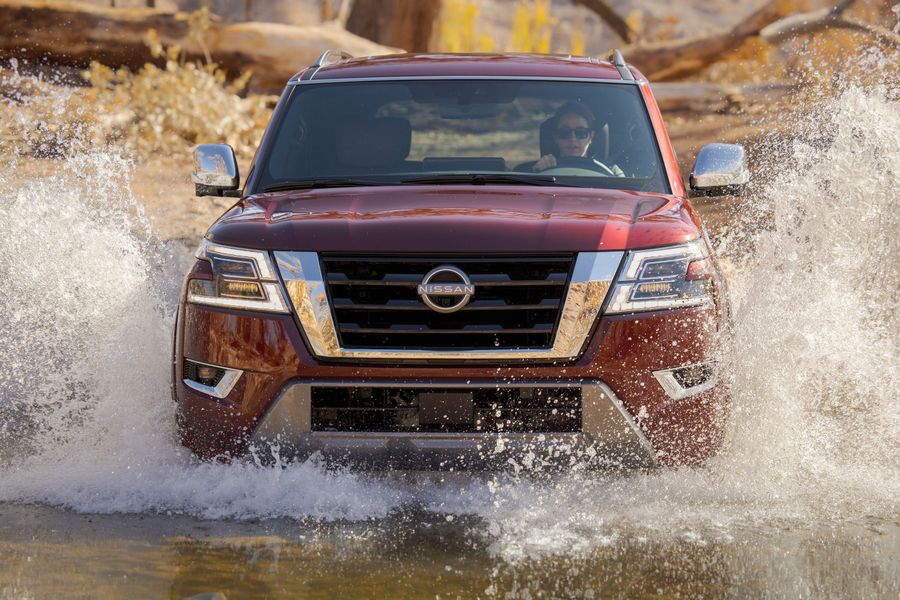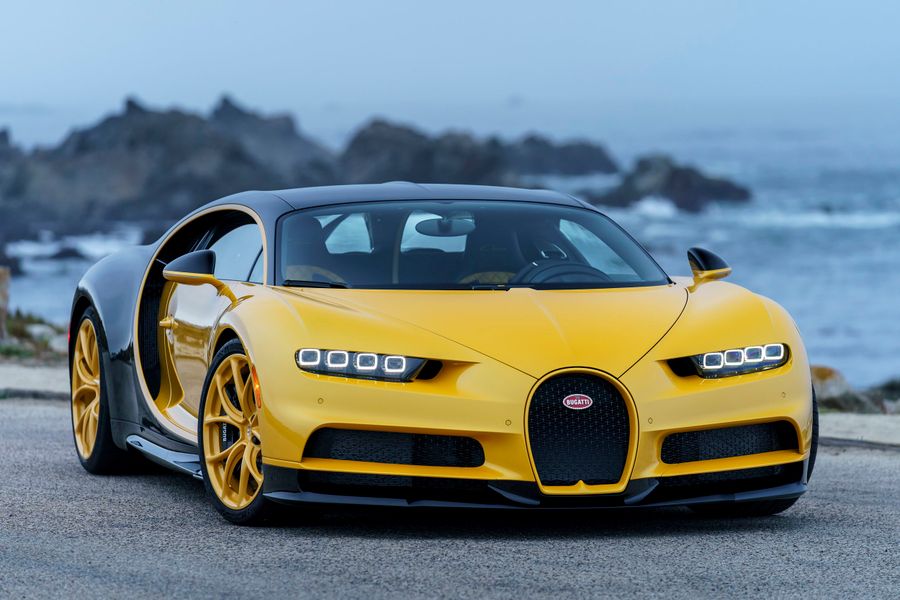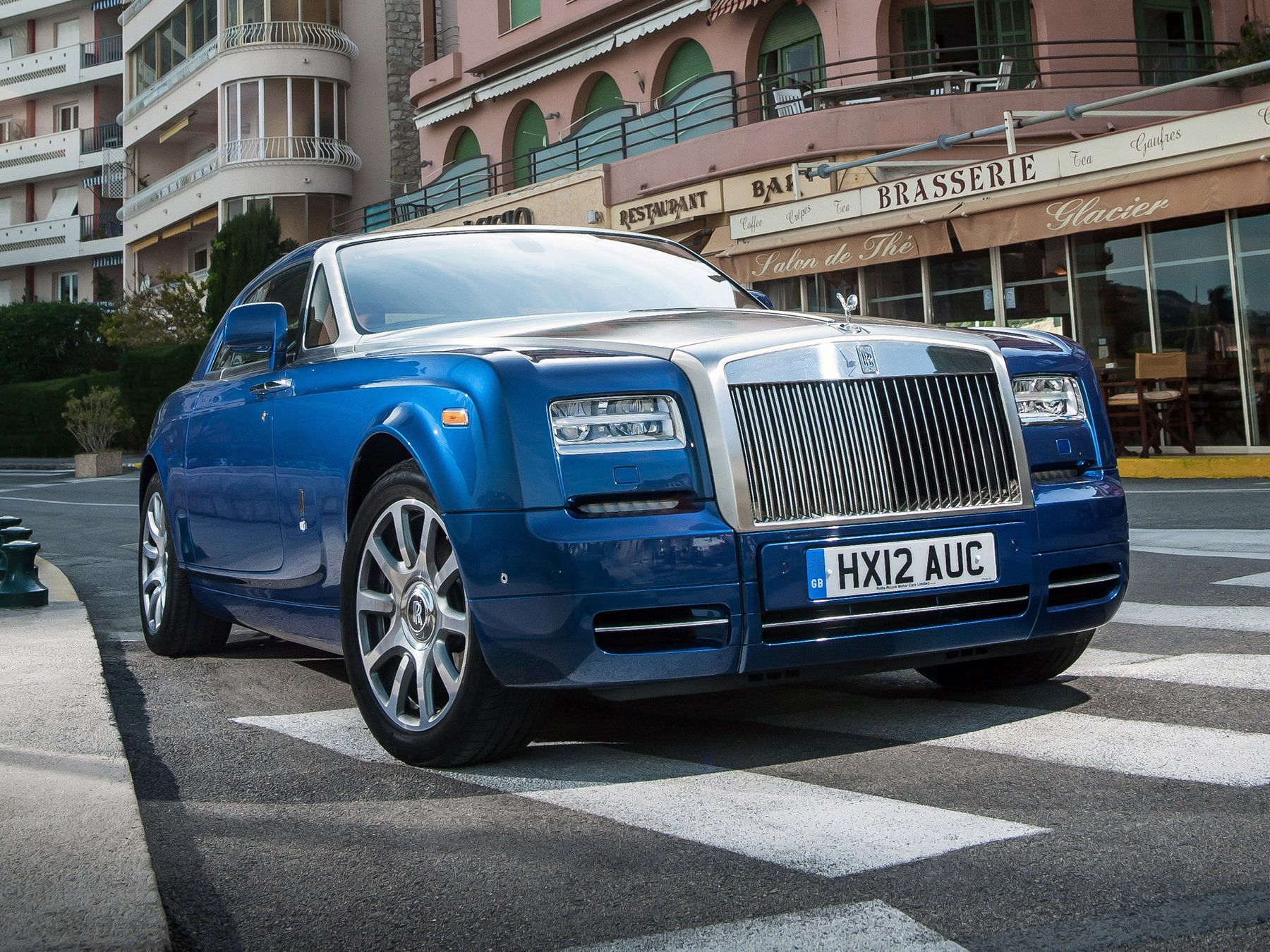
Exceptional car
The Rolls-Royce Phantom has developed over eight generations. It started its journey as an independent brand, and later became part of the BMW Group. But no matter what platform it is built on, it has always been an exceptional, exclusive car that few can afford. The Phantom is designed for those who have deep pockets. The list of owners of the Phantom includes Queen Elizabeth and Queen Elizabeth II, King of Norway Olaf V, John Lennon, Elvis Presley, Marlene Dietrich, the last Shah of Iran Mohammed Reza Pahlavi… It would be nice to know what it feels like to drive such an expensive car.
The first Rolls-Royce Phantom was released in 1925. It was made as a chassis with a powertrain, and the owner had to order the body in special ateliers, which were specialized in carriages prior to the automobile age. Just imagine - 80% of the ever produced Rolls-Royce cars are still being used. The Phantom was the very model that literally re-launched Rolls-Royce, taking the brand out of the category of exclusive manufacturers for wealthy retirees to the very top of the luxury pyramid. The number of cars sold annually has become four-digit, and this is a lot for a real exclusive piece, which simply does not have an upper price limit. Apart from the standard and longer sedan, the Phantom family includes a coupe and a convertible (the British call the latter Drophead Coupe). These are the largest production two-door cars in the world, each one 60 cm longer than the standard Range Rover.
The first generation
The Rolls-Royce Phantom I in fact never existed, it was just a Rolls-Royce Phantom, and the Roman one was attached to it by fans of the brand out of respect and to distinguish it from the next Phantom, Phantom II. The official full name of the Phantom I is the Rolls-Royce New Phantom. The first generation Phantom was produced from 1925 to 1931, being an extravagant brainchild of the Roaring Twenties. The Phantom was based on the Silver Ghost, an aristocratic carriage with a 50-horsepower engine for ladies, gentlemen, their parents, friends, numerous servants and an assassin-butler. This is why the Rolls-Royce model was originally so big. The Silver Ghost defiled through the count’s parks since 1906 and by the 20s was clearly outdated, as by that time the whole nature of human civilization had radically changed and the world needed a new car. However, the manufacturer used the vast experience of the Silver Ghost when creating the Phantom.
The Phantom I was slightly different for the Old and New Worlds: models made in the USA were equipped with a 3-speed central shift transmission, while models made in the UK had a 4-speed gearbox. Suspension included semi-elliptical springs at the front and cantilever springs at the rear, as well as 4-wheel brakes, although some US models were only sold with rear brakes. The bodies for Phantom were designed by some of the best design studios of the time: Zagato, Barker, Thrupp & Maberly, Mulliner, Park Ward and Hooper.
The second generation
It was produced from 1929 to 1936. It was a significantly modified New Phantom and the last Rolls-Royce to feature an engine with an output of up to 50 hp. The Phantom was still a premium, exclusive, extravagant car for the most successful and famous. The Phantom II was equipped with a 7.7-liter engine with 50 hp, which was coupled with the 4-speed manual transmission. The chassis was completely new with the front axle being installed on semi-elliptical leaf springs, and the rear axle being installed on them instead of the console ones. This, along with transmission changes, allowed the frame to be positioned lower than before, which improved handling. All trim levels included a centralized lubrication system.
The second Phantom became famous for its modifications. Thus, there was the Rolls-Royce Phantom II Continental sports sedan with a shortened wheelbase. As a production model, the Continental appeared almost by accident: the company asked the designer Ivan Everndern to build one model with a shortened base for the 1930 Concours d’Elegance in Biarizza. Suddenly the 26EX won the Grand Prix. And while Everndern was getting back, the marketing department had already positioned the 26EX as the new production Phantom II Continental Saloon. The Continental had a more powerful engine and a stiffer suspension.
The luxurious Phantom convertible, created by Thrupp & Maberly designers for the Maharaja of the Indian city of Rajkot, is known as the ‘Star of India’. The Phantom was presented to the magnificent Marlene Dietrich. Rolls-Royce was presented to her by producer Joseph von Sternberg. Subsequently, the car appeared in Morocco featuring the diva.
The third generation
It was produced from 1936 to 1939, covering the end of the Great Depression and the beginning of World War II. It was the last model that Henry Royce personally worked on. He died at the age of 70, a year after the development of the Phantom III. It seems that this influenced the exterior of the third Phantom, which turned out to be beautiful, but rather gloomy. Not surprisingly, in the 1964 Bond film Goldfinger, the villain Auric Goldfinger used the Phantom III for his villainous gold schemes.
From a technical point of view, the third Phantom was a big step forward. Its engine power grew to 180 hp. By the way, it was a 12-cylinder engine, and the next V12 appeared on the Rolls-Royce only in 1998. This engine with the self-explanatory name ‘Merlin’ was a unique creation for those times. It was an aluminum, 7.3-liter unit with a double ignition system and a dual fuel pump. The prototype for the engine was the power unit of the Supermarine S6B seaplane. The Phantom 3 could develop a top speed of 148 km/h and accelerated to the first 100 km/h in 17 seconds, which was very good for that time and for this class of car.
The Rolls-Royce Phantom III was produced exclusively in a closed body and had no equal at that time in terms of comfort. Unfortunately, World War II began, Rolls-Royce switched to ‘Everything for the front. Everything for victory’, unique engines from the Supermarine S.6B were installed on British military aircraft, as well as on the best WWII P-51 Mustang fighter.
The fourth generation
The next generation Rolls-Royce Phantom was released only in 1950. It was a small batch of only 18 cars for monarchs, different majesties and other lordships. All of these models were purely exclusive, probably because the base version looked like a noble but pretty shabby war veteran. The client versions looked stunning. By the way, all of these cars are still on the move. The Phantom IV, designed ‘by special order’ of Their Royal Highnesses (at that time) Princess Elizabeth and the Duke of Edinburgh, still sometimes participates in events, parades and weddings of members of the royal family. Others are kept in collections and museums.
The fourth Phantom was equipped with an in-line 8-cylinder engine with a displacement of 5.7 or 6.5 liters. The torque was transferred to the rear by a 4-speed manual gearbox, and an automatic gearbox appeared at the end of production. The fourth generation Phantom was tasked with the mission to preserve the prestige of the Rolls-Royce brand in the context of the post-war economic recovery. Overall, the mission was successful.
The fifth generation
It was produced from 1956 to 1968. The Phantom V was based on the Silver Cloud II model, which harmoniously combined archaic features and modern elements. And it worked out! The car turned out to be large, long and massive with large windows, a huge Parthenon radiator grille, and a sparkling Spirit of Ecstasy sculpture. Perfection! The car was originally equipped with a 6.2-liter V8 engine producing 200 hp and a 4-speed Hydramatic automatic transmission from General Motors. In 1963, the car received a more advanced 207 hp engine, massive drum brakes and power steering.
The famous owners of the Phantom V are Queen Elizabeth and Queen Elizabeth II, Governor of Hong Kong Chris Patten, Shah of Iran Mohammed Reza Pahlavi, King of Norway Haakon VII, President of Yugoslavia Josip Broz Tito, musician John Lennon and about 500 other interesting personalities. By the way, John Lennon gave some headache to Rolls-Royce with his wishes, the essence of which was to make the super-expensive sedan look like a protest message to the established standards! Probably, in order to make the message more noticeable, Lennon ordered two Phantoms. In the end, having fulfilled all the wishes of the modest, poor and peaceful singer (such as a double bed in the passenger compartment and a turntable with a gyroscope), the rich bourgeois from Rolls-Royce refused to paint one of Lennon’s Phantoms in black! What an unheard-of impudence! But Lennon forgave them, of course, and out of the kindness of his soul did not refuse from the Phantoms. Truly great man.
The sixth generation
The Rolls-Royce Phantom VI was produced from 1968 to 1990. Initially, the car was equipped with a 6.2-liter V8 engine with two SU carburetors. In 1979, the engine grew to 6.75 liters, but kept its V8 configuration. The engine was mated to a 3-speed automatic transmission. The sixth Phantom had coil springs at the front and a leaf-spring drive axle at the rear, drum brakes on all wheels, and separate air conditioners for the front and rear.
This Phantom looked like a lost alien from the old days in the modern world. For the entire period of the sixth generation, only 374 Phantoms were sold. The obvious obsolescence of the Rolls-Royce range was due to the fact that the company experienced a long crisis that ended in bankruptcy in 1971. In 1973, the British government sold the Rolls-Royce automobile business, keeping the strategically more important Rolls-Royce Limited, a jet engine manufacturer. In 1980, Rolls-Royce Motor Cars Ltd bought out the Vickers diversified group (which now does not exist). It was only in 1997 that Rolls-Royce was actually saved by two German giants, albeit under difficult ownership conditions. Volkswagen acquired the Rolls-Royce and Bentley factories, BMW acquired the right to use the brand. Subsequently, RR became fully part of BMW.
The seventh generation
The seventh generation Rolls-Royce Phantom is a completely different car, structurally unrelated to previous generations. Produced from 2003 to 2016, this Phantom was the first new model created after the acquisition of the company by BMW. The seventh generation Phantom has revived both this car and Rolls-Royce as a glorious, prestigious, ultra-luxury brand.
The new Phantom was available in different formats, including a 4-door sedan, a 2-door coupe and a 2-door convertible top coupe. The car was 1.63 m high, 1.99 m wide and 5.83 m long, weighting 2,485 kg. The Phantom VII was powered by a 6.75-liter V12 engine with 454 hp, accompanied by a 6-speed automatic transmission. Acceleration to 100 km/h occurred in 5.9 seconds. The car had a double wishbone suspension. The Seventh Phantom had an incredible number of options, including:
- 21-inch alloy wheels;
- electronically adjustable air suspension;
- automatic and adaptive LED headlights;
- front and rear parking sensors;
- several cameras for parking and maneuvering;
- electric rear doors;
- electric trunk lid;
- soft-close front doors;
- automatic wipers;
- sunroof… and so on.
This list is not endless, but it is extremely long and, at the same time, practically useless, since you can hardly find a standard version of the Phantom. The Seventh Phantom is a champion in exclusive modifications, of which there are 15 main ones, and each modification is still being finalized taking into account the wishes of the buyer. In 2012, the Phantom was restyled. The restyled model was named the Rolls-Royce Phantom Series II. The exterior was redesigned by Andreas Turner and Alan Sheppard. The upgraded model acquired a number of innovations: new taillights, one-piece stamped radiator grille, solid wheels, modernized exhaust system, simplified dashboard, enlarged LCD screen, improved seat design, audio, telecommunications and communications systems… and everything.
In 2011, an experimental 102EX electric limousine was manufactured on the basis of the Phantom VII body. The car was not only shown at the Geneva Motor Show, but also taken to different countries. More than 500 Rolls-Royce customers have driven it. The only thing the company representatives were interested in was whether the electric car could give the same sensation of ‘magic flight’ that all Rolls-Royce cars were famous for.
The eighth generation
The last generation to date was released in 2017 (as of 2021). The new Rolls-Royce Phantom is the epitome of perfection, the highest standard for luxury brands. There are cars that are similar in terms of luxury, but not more luxurious than this model. The Phantom VIII is a classic sedan with a short front overhang and a straight front end, a long hood and a longer rear end. The ‘Parthenon’ radiator grille is integrated into the body, which is the first time for an RR car, by the way.
The new Phantom is built on an aluminum chassis with an ‘Architecture of Luxury’ space frame. It is the first car to be based on this platform. It is equipped with a 6.75-liter twin-turbocharged V12 engine with an output of 563 hp, paired with an 8-speed automatic transmission. The 2017/2018 Rolls-Royce Phantom features self-leveling air springs, electronically controlled front and rear shock absorbers. The front axle is double wishbone, the rear axle is five-link. There are active anti-roll bars. The interior is custom-fitted, but has some standard equipment, including the BMW iDrive infotainment system with a 3D overview camera.
The new Rolls-Royce Phantom is an exceptionally high quality car. Top Gear named it ‘Best Car of 2017’. It won the UK Car of the Year Awards for Best Luxury Car. Autocar named it ‘Five Star Car’ at the 2018 Autocar Awards.


